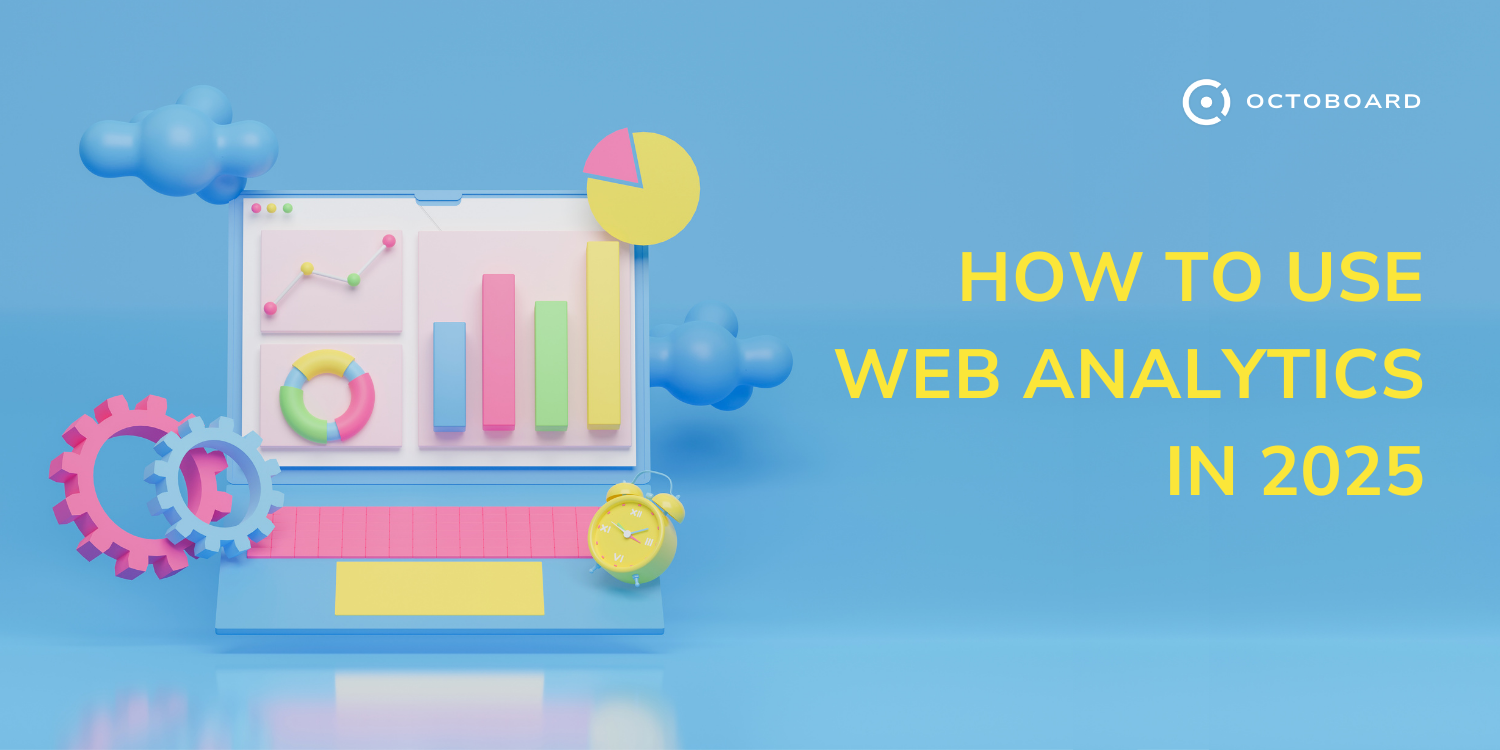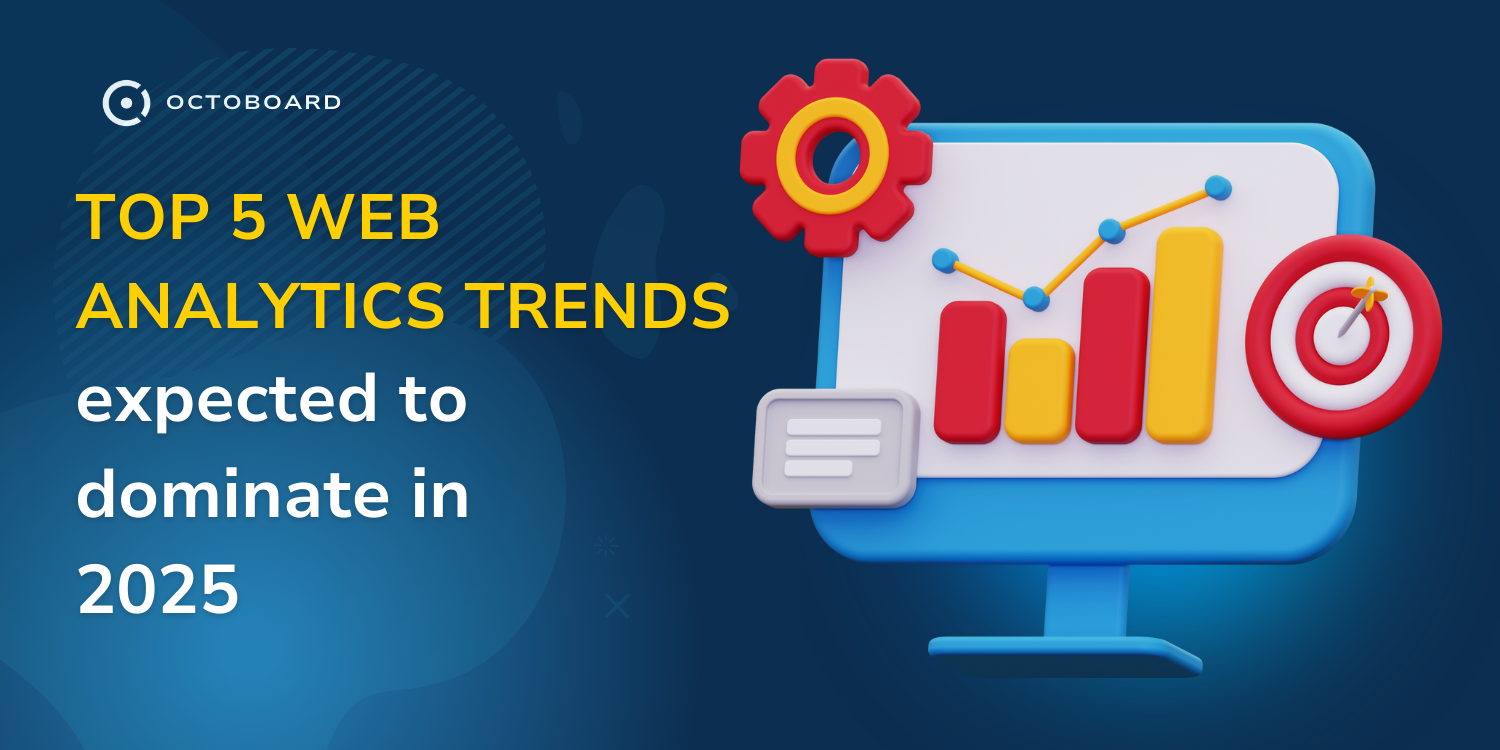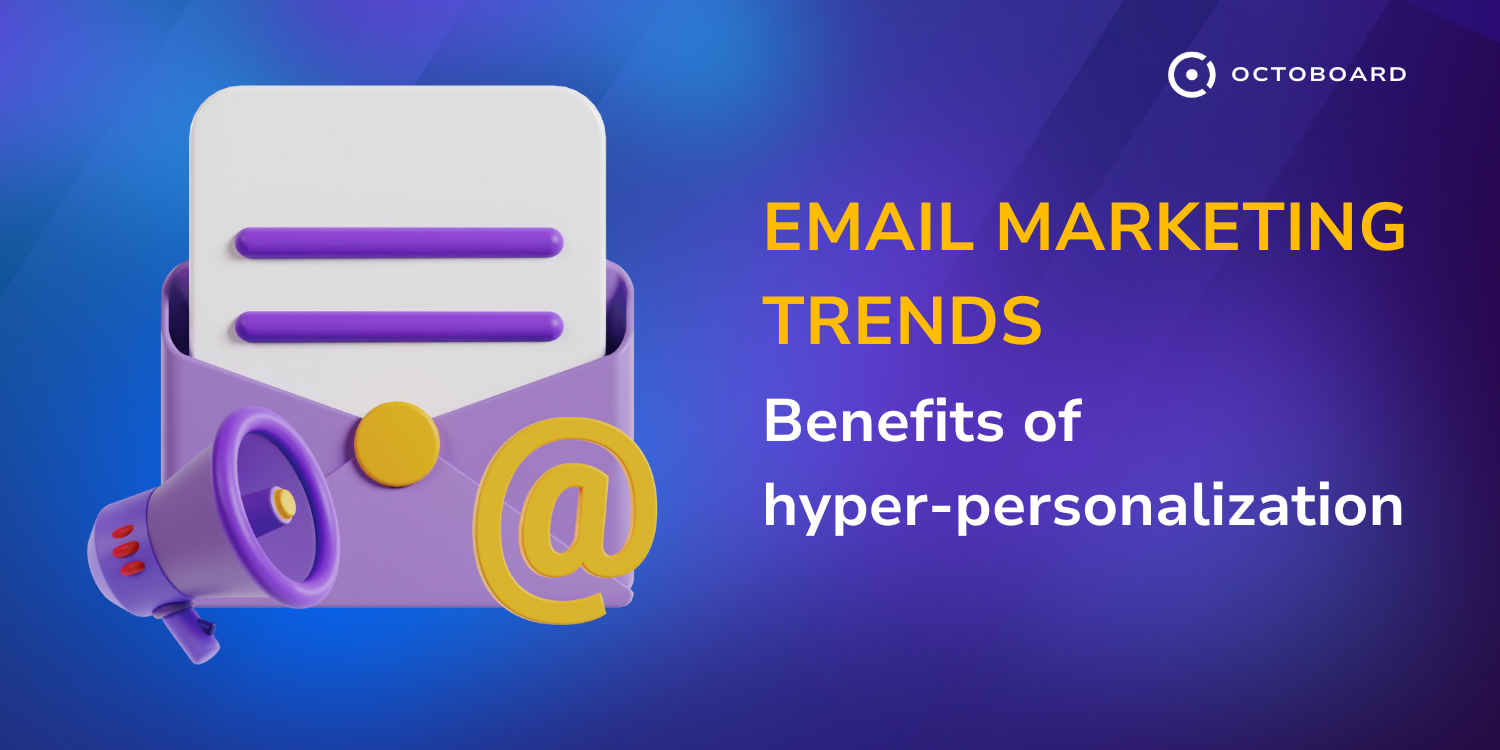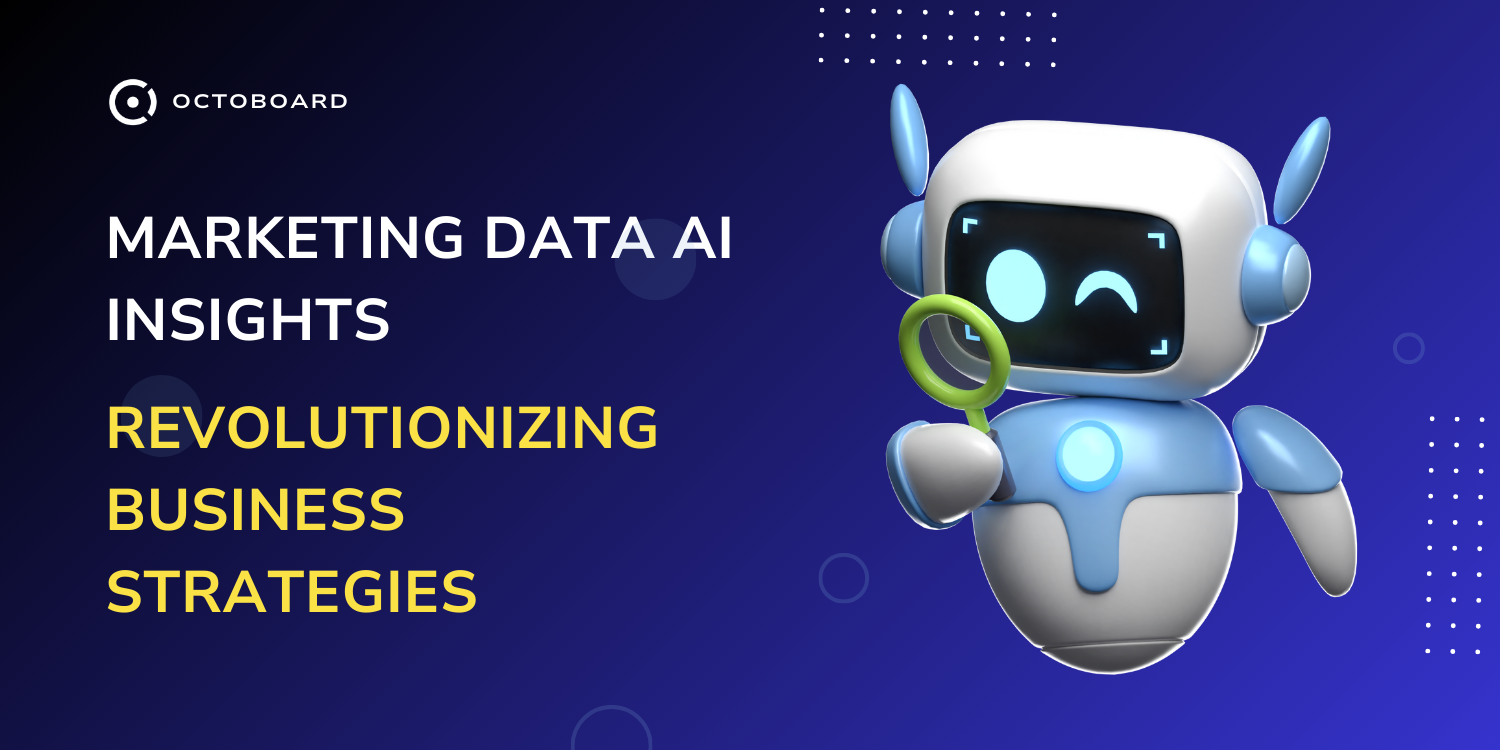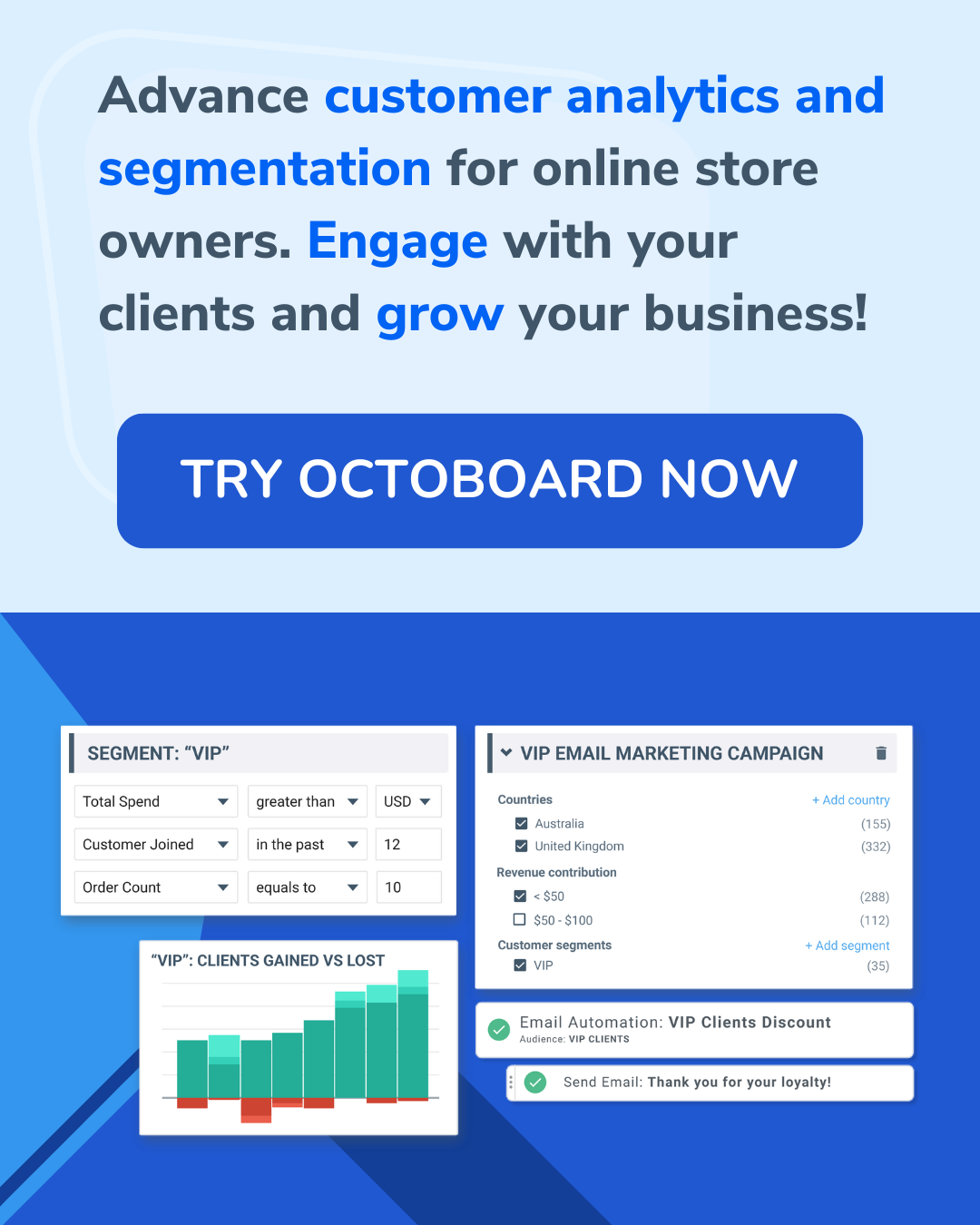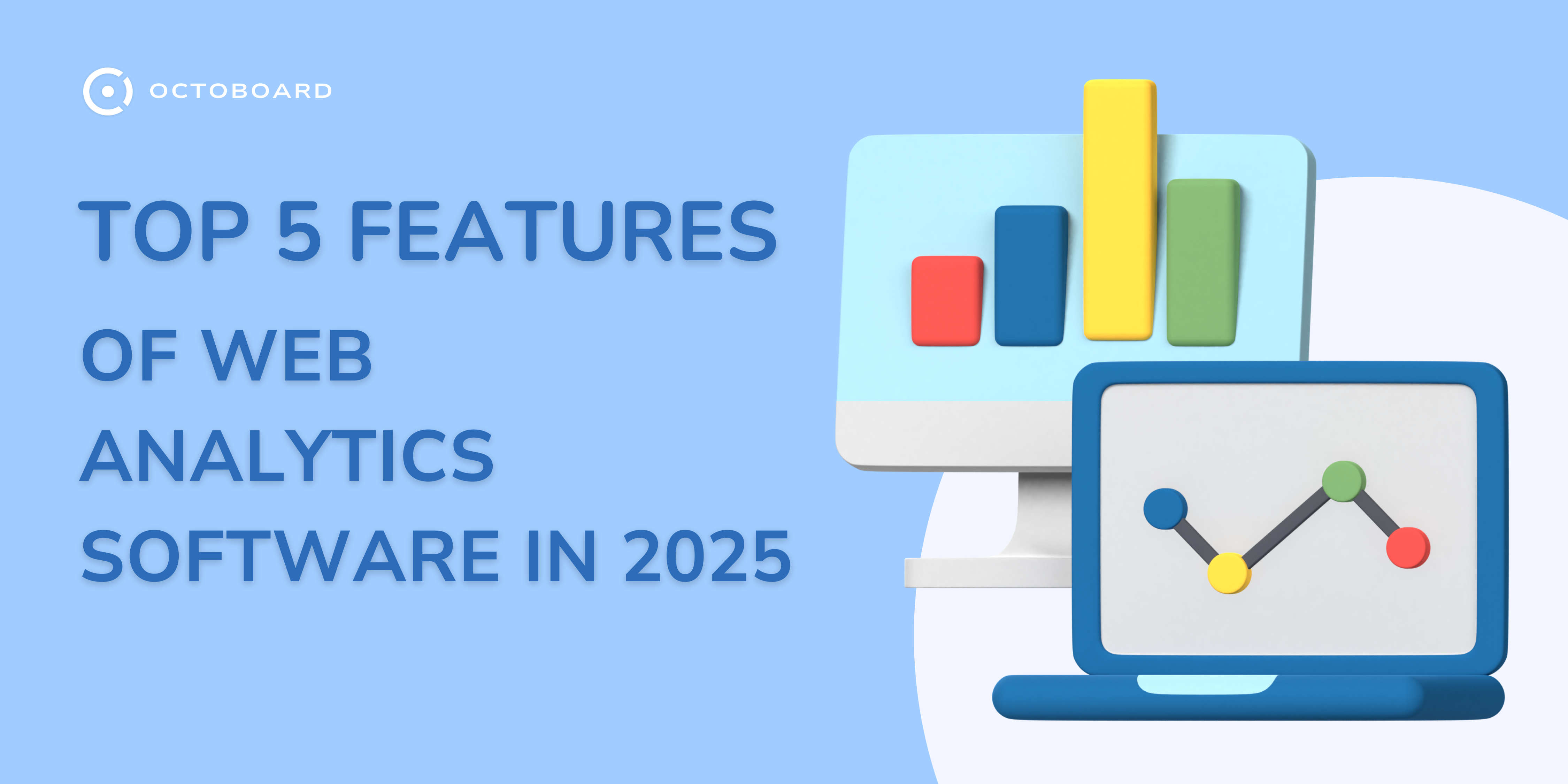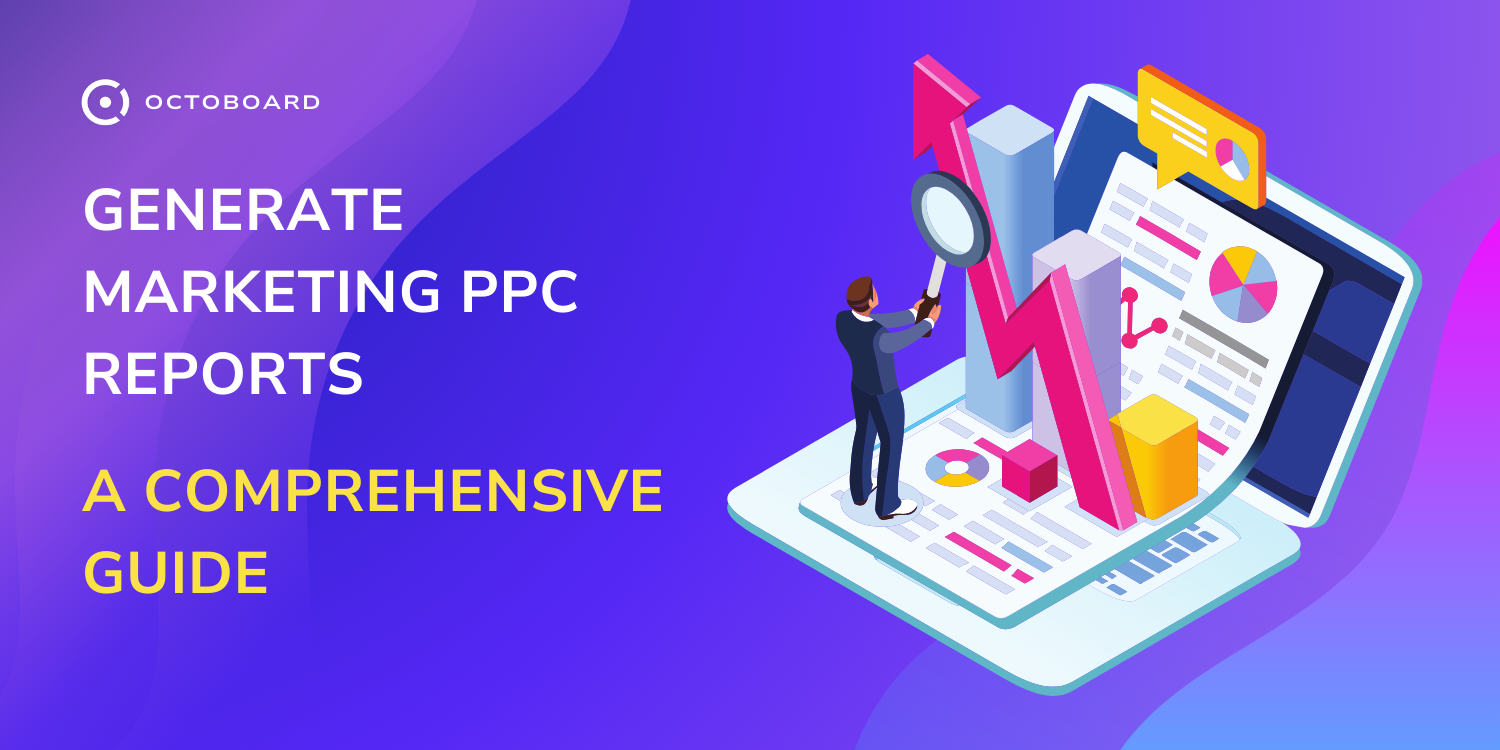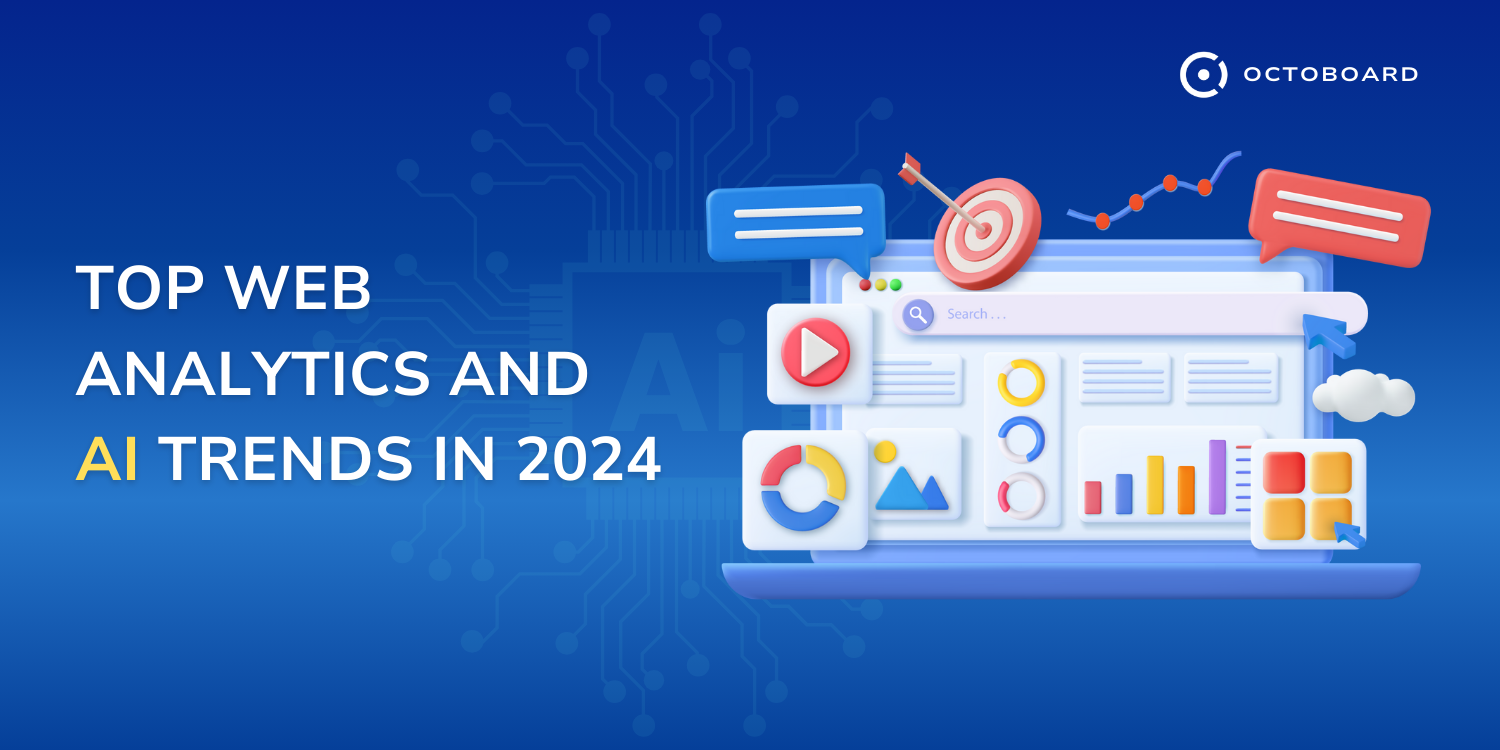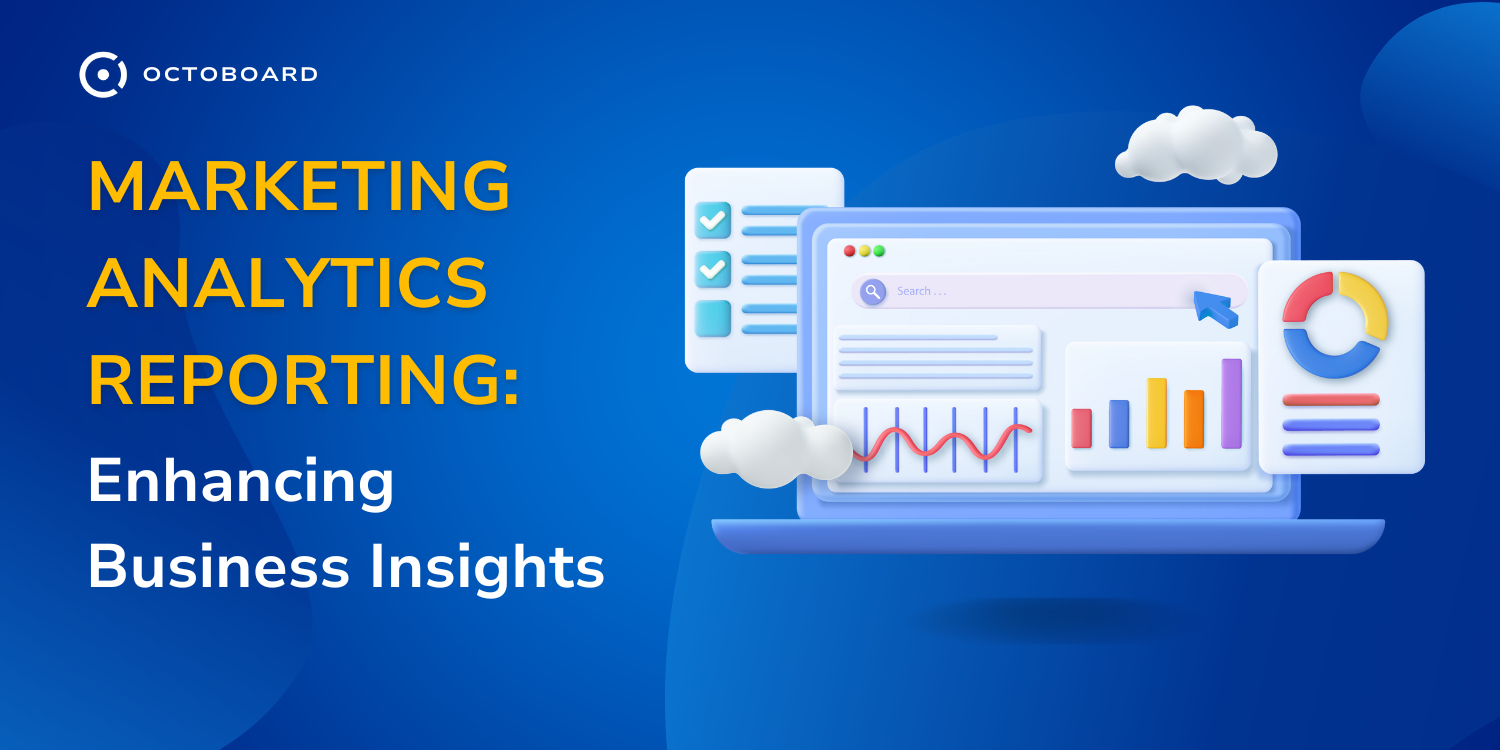Effective Email marketing for SaaS businesses that use Stripe billing
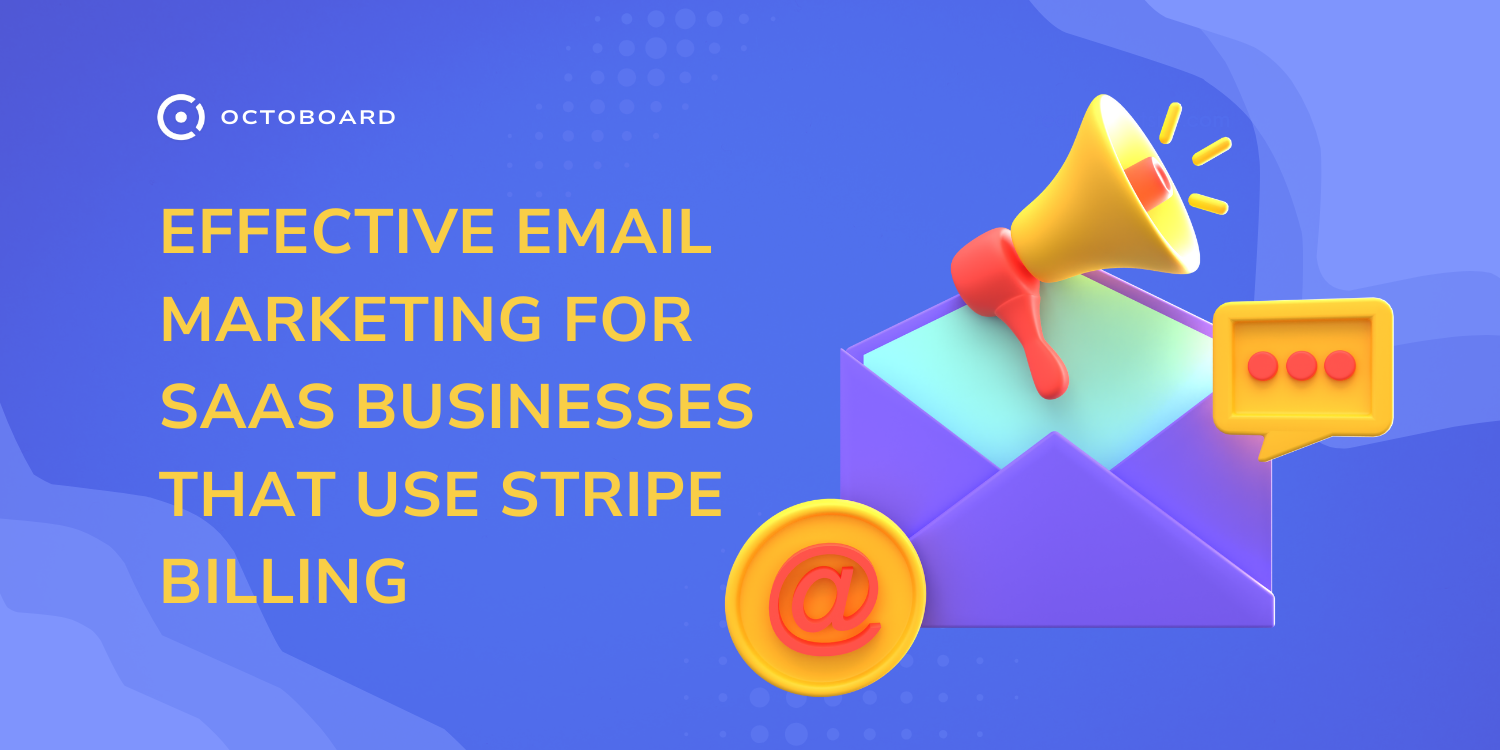
- Introduction: The Power of Email Marketing for Stripe Businesses
- Understanding the Role of Stripe in SaaS Onboarding
- Leveraging Email Marketing for Client Onboarding
- Crafting Irresistible Offers for SaaS Businesses
- Strategies to Reduce Shopping Basket Churn with Email Marketing
- Personalization and Segmentation: Key Tactics for Success
- Increasing Revenue through Targeted Email Marketing
- Building Customer Relationships with Automated Emails
- Streamlining Stripe Integration with Email Marketing Platforms
- Benefits of Stripe Email Marketing Integration
- Tips for Effective Stripe Email Marketing Integration
- Best Practices for Email Marketing for Stripe SaaS Businesses
- Overcoming Common Challenges in Stripe Email Marketing for SaaS Businesses
Software as a Service (SaaS) businesses are always looking for new ways to connect with their customers and drive growth. One highly effective tool in their marketing arsenal is email marketing. Email marketing has proven to be a powerful strategy for SaaS businesses to engage customers, drive conversions, and build lasting relationships. In this blog post, we will explore the importance of email marketing for SaaS businesses and how they can leverage this tool to achieve their business objectives.

Why is Email Marketing Important for SaaS Businesses?
Email marketing remains one of the most cost-effective and efficient ways for SaaS businesses to communicate with their target audience. Unlike social media platforms where algorithms can limit organic reach, email allows businesses to deliver personalized messages directly to their subscribers' inboxes. This direct and personal approach not only increases engagement but also provides a higher level of control over the content and timing of the communication.

For SaaS businesses, email marketing can be used at various stages of the customer journey, from lead generation and onboarding to retention and upselling. By delivering relevant and timely content to subscribers, SaaS businesses can nurture leads, educate customers about their products or services, and ultimately drive conversions.
Octoboard Ecommerce Analytics platform offers email marketing features for businesses that use Stripe, WooCommerce, Magento and soon Shopify and Ecwid.
Leveraging Email Marketing for Customer Onboarding
One critical area where email marketing shines for SaaS businesses is during the customer onboarding process. A well-designed email onboarding sequence can help new customers understand the value of the SaaS product, learn how to use it effectively, and ultimately become loyal users.
By sending targeted emails that guide users through the onboarding process, SaaS businesses can reduce churn rates, increase customer satisfaction, and encourage long-term retention. Email automation tools make it easy to set up personalized onboarding sequences based on user behavior, ensuring that each customer receives the right message at the right time.
Personalization and Segmentation: Key Tactics for Success
Personalization and segmentation are key tactics that can significantly enhance the effectiveness of email marketing for SaaS businesses. By leveraging user data and behavior to create personalized content, SaaS businesses can deliver more relevant and engaging emails that resonate with their audience.
Segmenting email lists based on factors such as user demographics, purchase history, and engagement levels allows SaaS businesses to tailor their messaging to specific segments of their audience. This targeted approach not only increases the likelihood of conversions but also helps build stronger relationships with customers by delivering content that is tailored to their individual needs and preferences.

For Software as a Service (SaaS) businesses, a seamless and efficient onboarding process is crucial for acquiring and retaining customers. Implementing the right tools and strategies can significantly impact the success of onboarding new users. One essential tool that plays a key role in SaaS onboarding is Stripe, a popular payment processing platform that allows businesses to accept online payments and manage subscription billing. In this blog post, we will dive into the importance of Stripe in SaaS onboarding and how it can streamline the process for both businesses and customers.
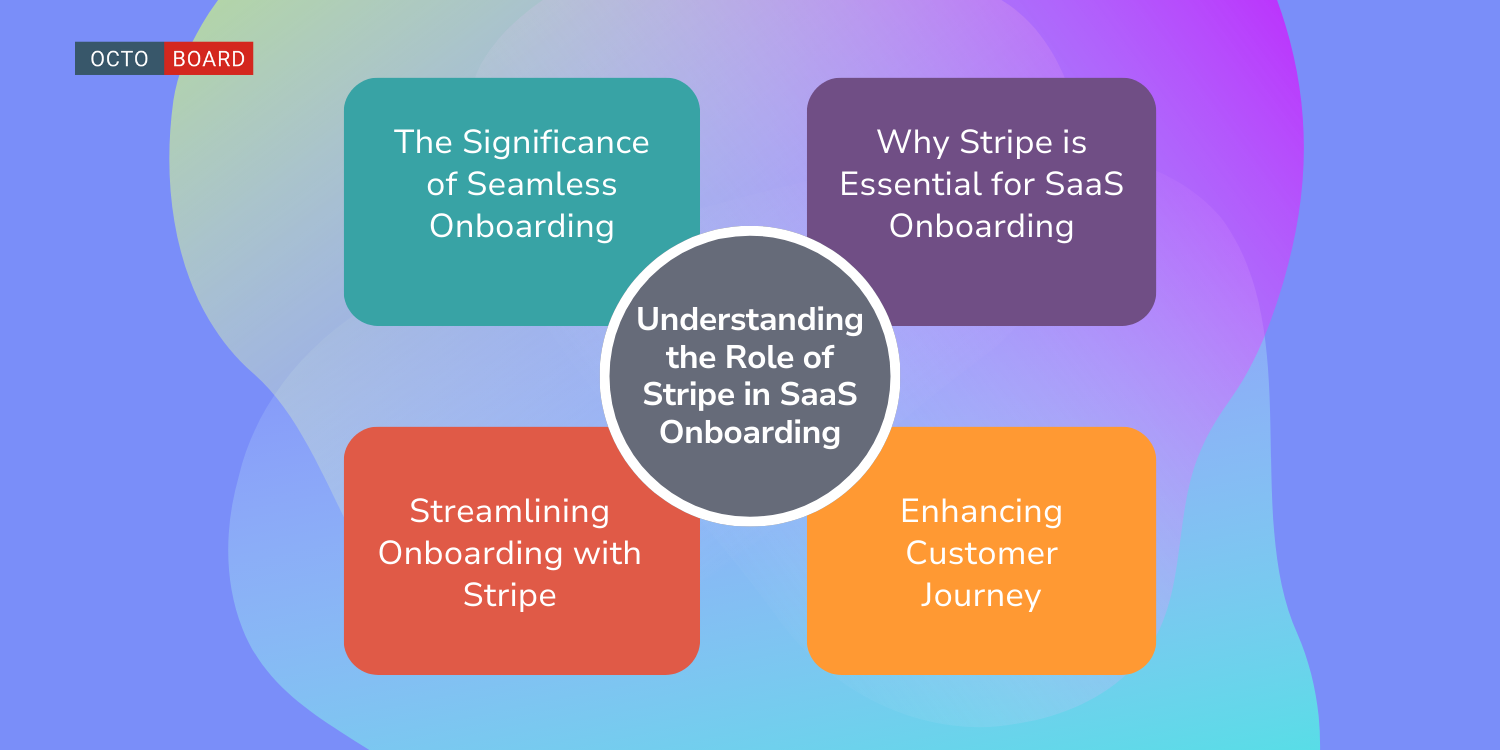
The Significance of Seamless Onboarding
First impressions matter, especially when it comes to onboarding new users to your SaaS platform. A smooth and hassle-free onboarding experience can make a lasting impact on customers and set the tone for their entire journey with your product. By offering a seamless onboarding process, you can enhance user satisfaction, reduce churn rates, and increase customer lifetime value.
Why Stripe is Essential for SaaS Onboarding
Stripe offers a wide range of features and tools that are specifically designed to help SaaS businesses simplify their onboarding process. One of the key benefits of using Stripe is its ability to handle subscription billing seamlessly. With Stripe's subscription management tools, businesses can set up recurring payments, offer different pricing plans, and manage subscriptions with ease.
Additionally, Stripe provides a secure payment processing system that complies with industry standards, giving customers peace of mind when making transactions on your platform. By integrating Stripe into your SaaS platform, you can offer a seamless payment experience that builds trust and credibility with your customers.

Streamlining Onboarding with Stripe
Integrating Stripe into your onboarding process can streamline various aspects of customer acquisition and retention. By leveraging Stripe’s APIs and SDKs, businesses can automate billing processes, create custom checkout experiences, and provide customers with multiple payment options. This not only enhances the user experience but also simplifies the backend operations for businesses.
Moreover, Stripe offers tools for fraud prevention, dispute management, and subscription analytics, allowing businesses to monitor and optimize their payment processes effectively. By gaining insights into customer behavior and payment patterns, businesses can make data-driven decisions to improve their onboarding strategies and increase conversion rates.
Enhancing the Customer Journey
A well-designed onboarding process that incorporates Stripe can enhance the overall customer journey and increase user engagement. By offering flexible payment options, personalized pricing plans, and seamless checkout experiences, businesses can cater to the diverse needs of their customers and drive higher satisfaction levels.
Furthermore, integrating Stripe into your SaaS platform enables businesses to implement promotional offers, discounts, and upsell opportunities during the onboarding process. These strategies can help increase revenue, encourage customer loyalty, and create upselling opportunities that drive long-term growth for the business.
Client onboarding is a critical step in the customer journey for SaaS businesses, as it sets the tone for the relationship with the new customer. A well-planned and executed onboarding process can lead to higher customer satisfaction, increased retention rates, and ultimately, more revenue. Email marketing plays a key role in client onboarding by ensuring that new customers are guided through the initial steps of using your product or service and are kept engaged throughout the onboarding process.

The Importance of Email Marketing in Client Onboarding
Email marketing is an effective way to communicate with new customers and provide them with the information they need to get started with your SaaS product. By sending personalized and targeted emails, you can educate customers about the features and benefits of your product, answer any questions they may have, and guide them through the onboarding process.
Emails can be used to deliver welcome messages, set expectations, provide tutorials and guides, offer tips for success, and introduce customers to key features of your product. By sending a series of onboarding emails, you can ensure that customers receive the information they need at the right time and in the right context, making the onboarding process seamless and efficient.
Best Practices for Email Marketing in Client Onboarding
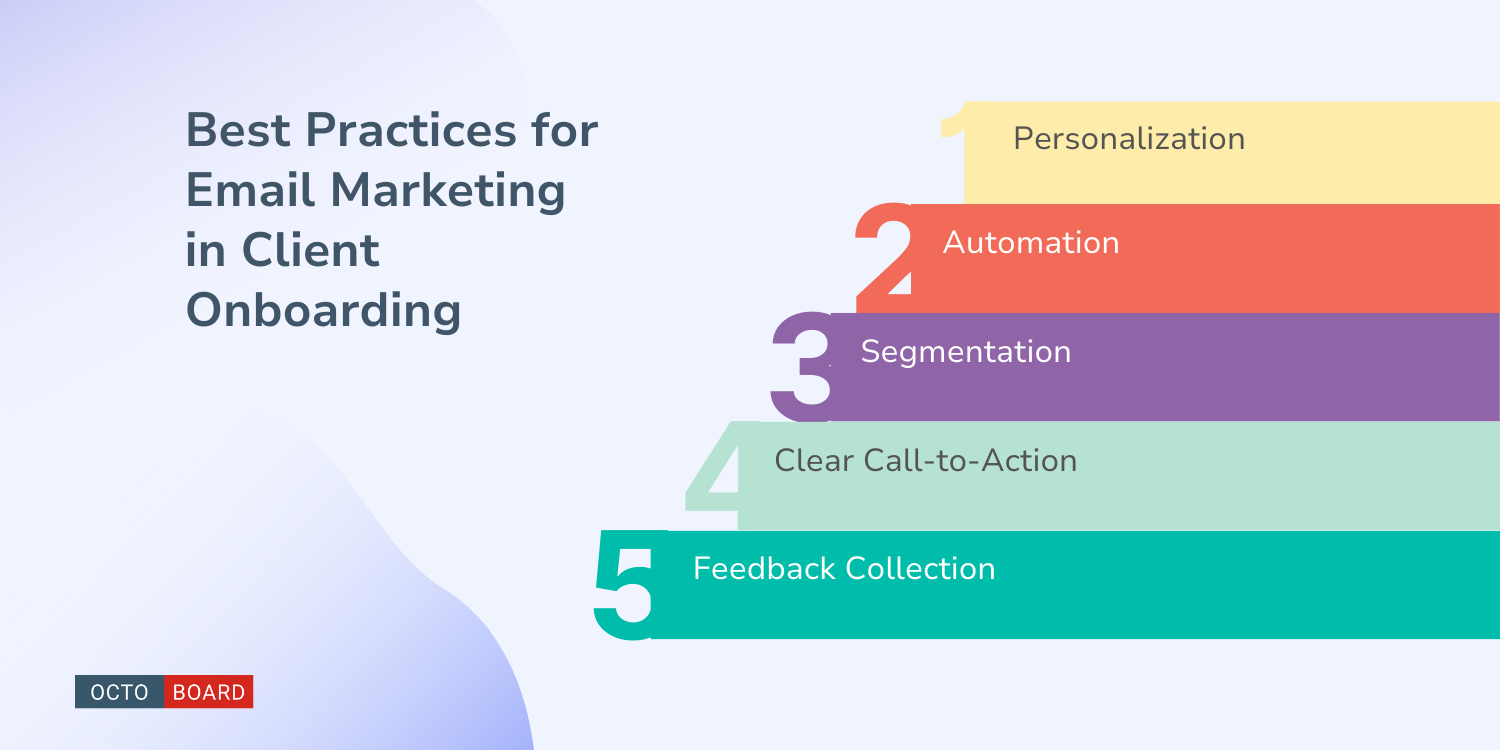
1. Personalization: Personalize your onboarding emails based on the customer's actions, preferences, and needs. Use dynamic content and personalized recommendations to make the emails more relevant and engaging.
2. Automation: Set up automated email sequences to deliver the right message at the right time during the onboarding process. This will help you save time and ensure that customers receive consistent and timely communication.
3. Segmentation: Segment your customer base based on behavior, demographics, or other criteria to send targeted and relevant emails. This will increase the effectiveness of your onboarding emails and improve customer engagement.
4. Clear Call-to-Action: Include a clear call-to-action in your onboarding emails, such as signing up for a demo, completing a setup process, or exploring a specific feature. Make it easy for customers to take the next step.
5. Feedback Collection: Use email surveys or feedback forms to collect customer feedback during the onboarding process. This will help you understand customer needs, identify areas for improvement, and enhance the onboarding experience.
In the competitive world of SaaS (Software as a Service) businesses, it's crucial to create irresistible offers that grab the attention of potential customers and drive conversions. Crafting compelling offers requires a deep understanding of your target audience, their pain points, and what motivates them to take action. In this blog post, we'll explore strategies for creating irresistible offers that resonate with your audience and boost your SaaS business's growth.
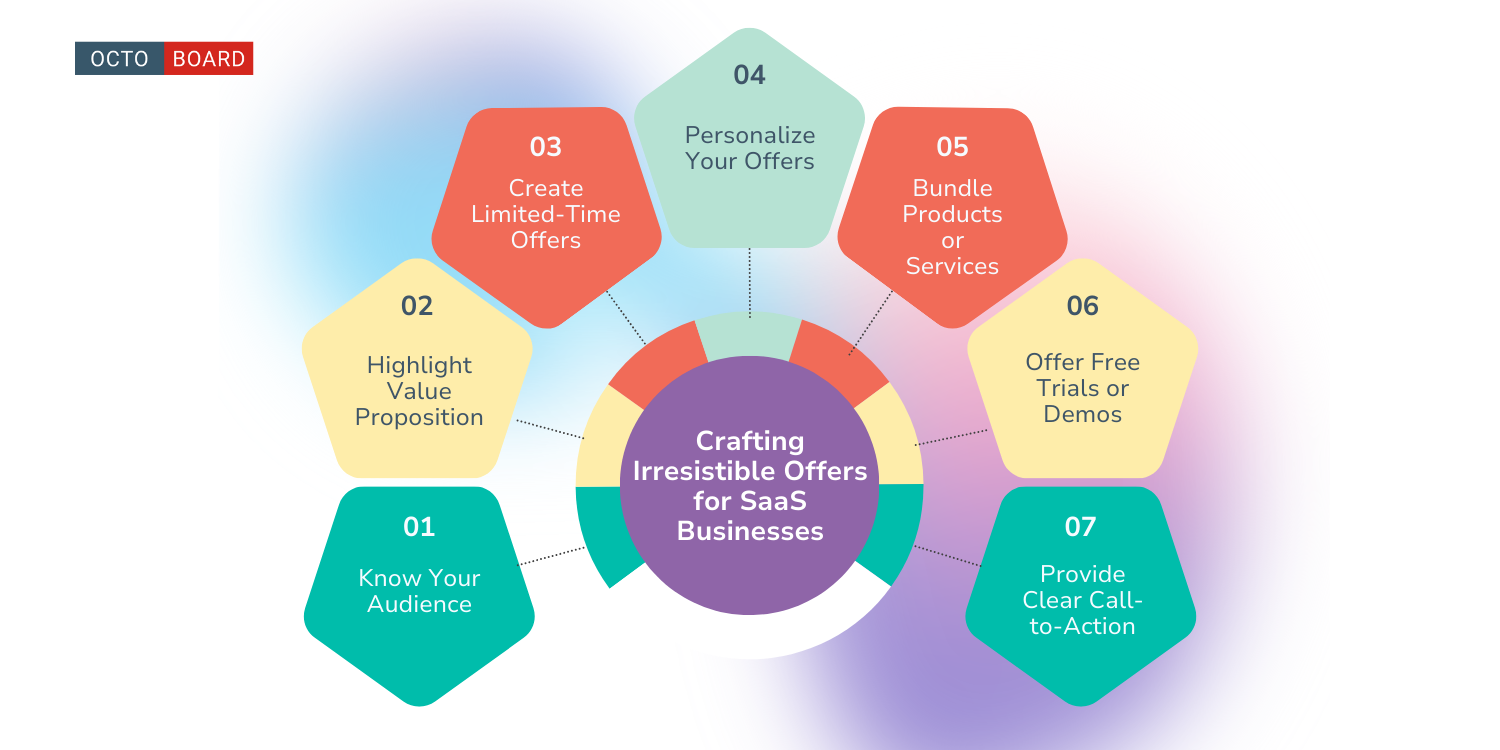
1. Know Your Audience: Before you can create an offer that resonates with your target audience, you need to understand who they are. Conduct market research to identify your ideal customer personas, their demographics, preferences, challenges, and buying behavior. This information will help you tailor your offers to address their specific needs and pain points.
2. Highlight Value Proposition: Your offer should clearly communicate the value that your SaaS product or service provides. What problem does it solve for your customers? How does it make their lives easier or better? Make sure to emphasize the benefits and outcomes of using your product in your offer to entice customers to take action.
3. Create Limited-Time Offers: Scarcity and urgency are powerful motivators for driving conversions. Consider offering limited-time discounts, promotions, or exclusive deals to create a sense of urgency and encourage customers to act quickly. Use countdown timers or expiration dates to create a sense of FOMO (fear of missing out) and prompt customers to make a purchase decision.
4. Personalize Your Offers: Personalization is key to making your offers relevant and engaging for your audience. Use customer data and segmentation to tailor your offers to different customer segments based on their behavior, preferences, or past interactions with your brand. Personalized offers are more likely to resonate with customers and drive higher conversion rates.
5. Bundle Products or Services: Bundle complementary products or services together to create value-packed offers that appeal to customers. Bundling can help you increase the perceived value of your offer and encourage customers to purchase multiple products at once. Consider offering discounts or special pricing for bundled packages to incentivize customers to buy more.

6. Offer Free Trials or Demos: Free trials or demos are effective ways to showcase the value of your SaaS product and allow customers to experience it firsthand. By offering a risk-free opportunity to try before they buy, you can lower the barrier to entry and build trust with potential customers. Make sure to highlight the key features and benefits of your product during the trial period to demonstrate its value.
7. Provide Clear Call-to-Action: Your offer should include a clear and compelling call-to-action (CTA) that prompts customers to take the desired action, whether it's signing up for a free trial, making a purchase, or subscribing to a service. Make sure your CTA stands out visually, is easy to find, and communicates a sense of urgency or benefit to encourage customers to act.
Crafting irresistible offers for your SaaS business requires a strategic approach that combines customer insights, value proposition, personalization, and persuasive messaging. By creating offers that resonate with your target audience and address their specific needs, you can drive conversions, increase customer engagement, and ultimately grow your SaaS business.
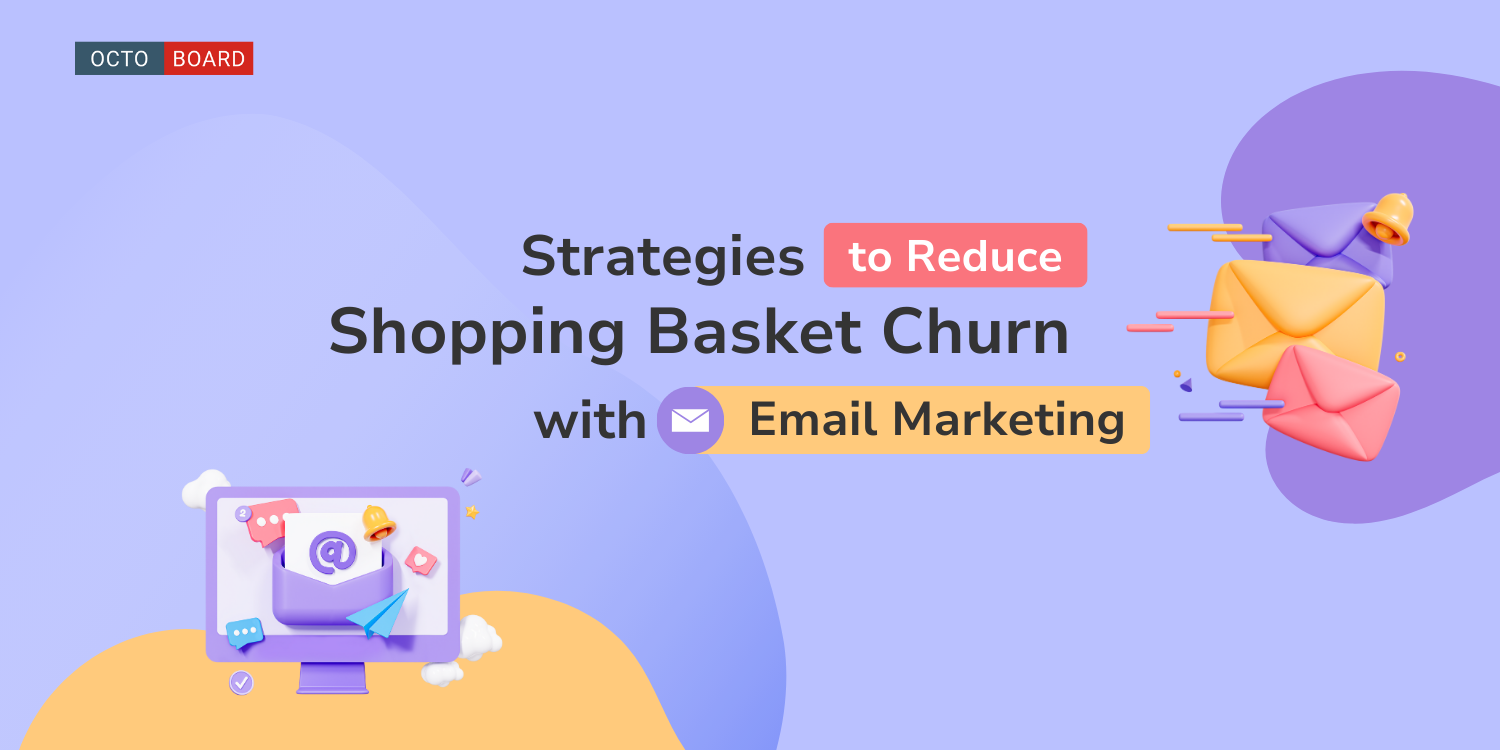
Understanding why customers abandon their shopping carts is the first step in minimizing shopping basket churn. Common reasons for abandonment include unexpected costs, complex checkout processes, limited payment options, and distractions. Analyzing customer behavior helps in developing targeted email campaigns to address these issues and encourage customers to complete their purchases.
Implementing abandoned cart email campaigns is an effective strategy to reduce shopping basket churn. These automated emails remind customers of their abandoned items, encourage them to finalize their purchase, and may include discounts or special offers.
Personalization plays a key role in optimizing email marketing for reducing shopping basket churn. By segmenting your audience and delivering personalized content based on their preferences and behavior, you can increase the relevance of your emails and enhance customer engagement.
Incorporating incentives and discounts in your email campaigns can help overcome customer hesitations and drive conversions. Offering exclusive discounts, free shipping, or limited-time promotions to customers who have abandoned their carts can incentivize them to complete their purchases.
Continuous monitoring, iteration, and testing of your email campaigns are essential for improving their effectiveness. Tracking key metrics, such as open rates, click-through rates, and revenue generated, allows you to refine your strategies and optimize your email marketing approach.
Reducing shopping basket churn requires a strategic and data-driven approach. By understanding customer behavior, implementing abandoned cart email campaigns, personalizing your emails, offering incentives, and monitoring your results, you can effectively minimize shopping basket churn and increase conversions for your SaaS business.

Personalization and segmentation are two critical tactics in any successful email marketing strategy for SaaS businesses. By tailoring your messaging to specific segments of your audience and delivering personalized content, you can increase engagement, improve conversion rates, and build stronger relationships with your customers.
Segmentation involves dividing your email list into different categories based on specific criteria such as demographics, behavior, or engagement levels. This allows you to send targeted messages to different segments of your audience, ensuring that each recipient receives content that is relevant and valuable to them.
Personalization, on the other hand, involves customizing the content of your emails to make them more relevant and engaging for each individual recipient. This can include addressing the recipient by name, referencing their past interactions with your brand, or recommending products or services based on their previous purchases or browsing behavior.
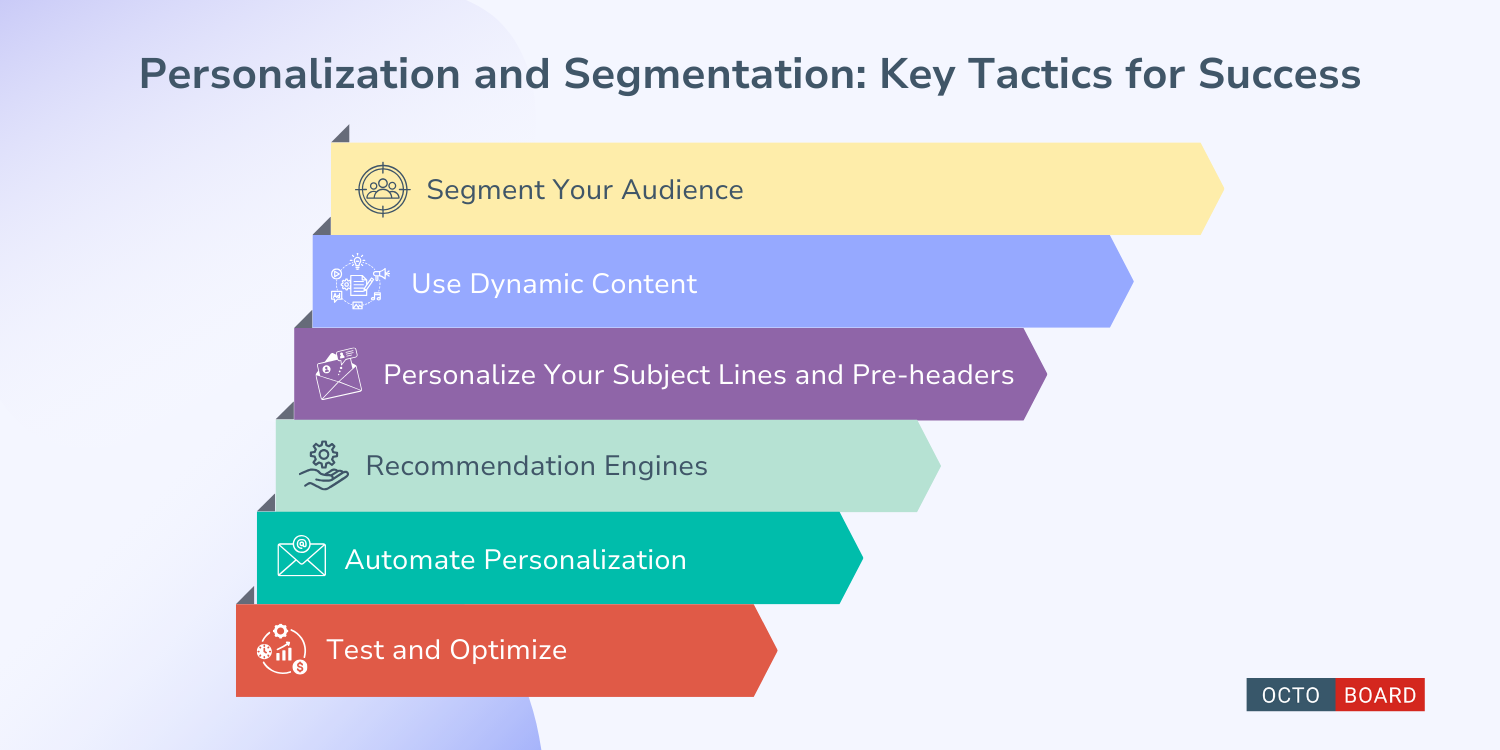
Combining segmentation and personalization in your email marketing campaigns can have a powerful impact on the effectiveness of your campaigns. Here are some key tactics for success:
1. Segment Your Audience: Start by segmenting your email list based on criteria that are relevant to your business, such as demographics, location, past purchases, or engagement with previous email campaigns. By sending targeted messages to different segments of your audience, you can increase the relevance of your emails and improve the chances of engagement and conversion.
2. Use Dynamic Content: Dynamic content allows you to customize the content of your emails based on the recipient's preferences, behavior, or demographic information. By using dynamic content blocks in your emails, you can deliver personalized messages to each recipient, increasing the relevance and impact of your campaigns.
3. Personalize Your Subject Lines and Pre-headers: Personalizing your subject lines and pre-headers can help grab the recipient's attention and encourage them to open your email. By including the recipient's name or referencing their past interactions with your brand, you can make your emails more engaging and relevant.
4. Recommendation Engines: Utilize recommendation engines to suggest products or services to your customers based on their past purchases or browsing behavior. By including personalized product recommendations in your emails, you can increase the likelihood of conversions and drive revenue for your business.
5. Automate Personalization: Use automated workflows and triggers to deliver personalized content to your customers at the right time. By setting up automated emails based on specific triggers or actions, you can deliver timely and relevant messages to your audience, increasing engagement and conversion rates.
6. Test and Optimize: Continuously test and optimize your personalization and segmentation strategies to identify what resonates best with your audience. A/B testing different personalization tactics, segmentations, and messaging can help you refine your campaigns and improve their effectiveness over time.

Personalization and segmentation are key tactics for success in email marketing for SaaS businesses. By segmenting your audience, using dynamic content, personalizing your messaging, and leveraging recommendation engines, you can create more engaging and relevant email campaigns that drive results for your business. By testing and optimizing your strategies over time, you can continue to improve the effectiveness of your email marketing efforts and build stronger relationships with your customers.
Email marketing is a powerful tool for SaaS businesses to increase revenue and drive conversions. By sending targeted and personalized emails to your audience, you can effectively nurture leads, retain customers, and encourage repeat purchases. In this blog post, we will explore how SaaS businesses can leverage targeted email marketing to boost revenue and maximize ROI.
One of the key benefits of targeted email marketing is the ability to segment your audience based on various criteria such as demographics, behavior, and preferences. By dividing your contacts into specific groups, you can send tailored messages that resonate with each segment, increasing the likelihood of engagement and conversion.
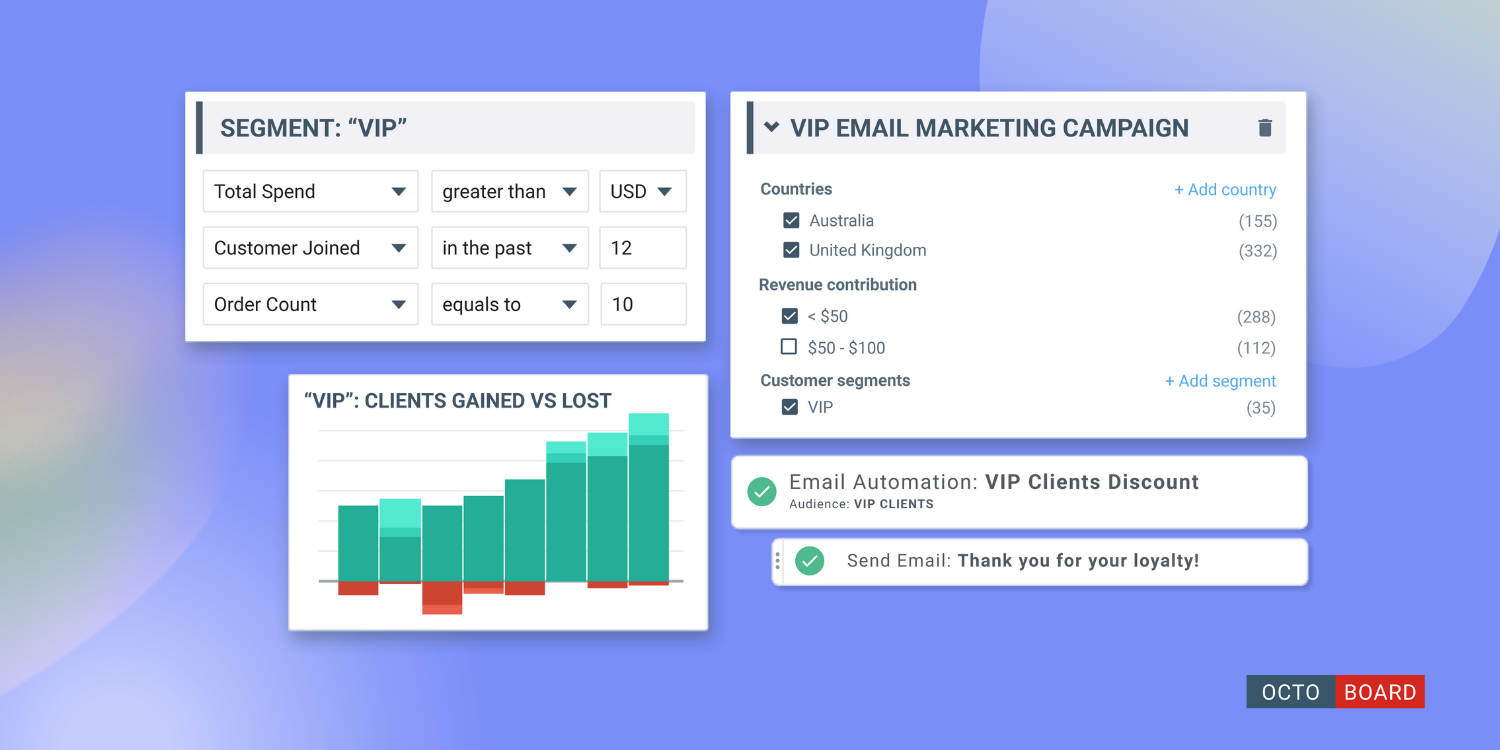
Segmentation allows you to deliver relevant content to your audience, leading to higher open rates, click-through rates, and ultimately, conversions. For example, you can create segments based on subscriber activity, such as website visits, product views, or previous purchases. By understanding the behavior and interests of your audience, you can send targeted emails that are more likely to drive action and generate revenue.
Personalization is another key component of targeted email marketing that can help SaaS businesses increase revenue. By addressing subscribers by their name, recommending products based on their past purchases, and providing exclusive offers tailored to their preferences, you can create a more engaging and personalized experience for your audience.
Personalized emails are more likely to resonate with recipients, leading to higher engagement and conversion rates. According to research, personalized emails can drive a 6x higher transaction rate compared to non-personalized emails. By leveraging personalization in your email marketing campaigns, you can create a more relevant and compelling message that drives revenue for your SaaS business.
In addition to segmentation and personalization, targeted email marketing allows you to run campaigns that are focused on driving specific actions from your audience. Whether you want to promote a new feature, upsell a premium plan, or re-engage inactive users, you can create targeted email campaigns that are designed to achieve your desired outcomes.
By setting clear goals for your email campaigns and crafting compelling content that aligns with those goals, you can drive revenue and maximize the impact of your email marketing efforts. Whether you are aiming to increase sign-ups, boost subscriptions, or drive product purchases, targeted email marketing can help you achieve your revenue targets and grow your SaaS business.
Targeted email marketing provides valuable insights into the preferences and behaviors of your audience, allowing you to refine your messaging and optimize your campaigns for better results. By tracking key metrics such as open rates, click-through rates, and conversion rates, you can analyze the performance of your email campaigns and make data-driven decisions to improve your revenue.

Targeted email marketing is a powerful strategy for SaaS businesses to increase revenue, drive conversions, and build customer relationships. By leveraging segmentation, personalization, and targeted campaigns, you can create a more engaging and effective email marketing strategy that drives revenue and maximizes ROI. Start implementing targeted email marketing today to unlock the full potential of your SaaS business and drive growth in revenue.
Email marketing is a powerful tool for SaaS businesses to build and maintain relationships with their customers. One key strategy that can help SaaS companies achieve this goal is leveraging automated emails. Automated emails allow businesses to deliver timely, relevant, and personalized messages to their customers without requiring manual intervention. By setting up automated email campaigns, SaaS businesses can engage with their customers throughout their lifecycle, from onboarding to retention and re-engagement.
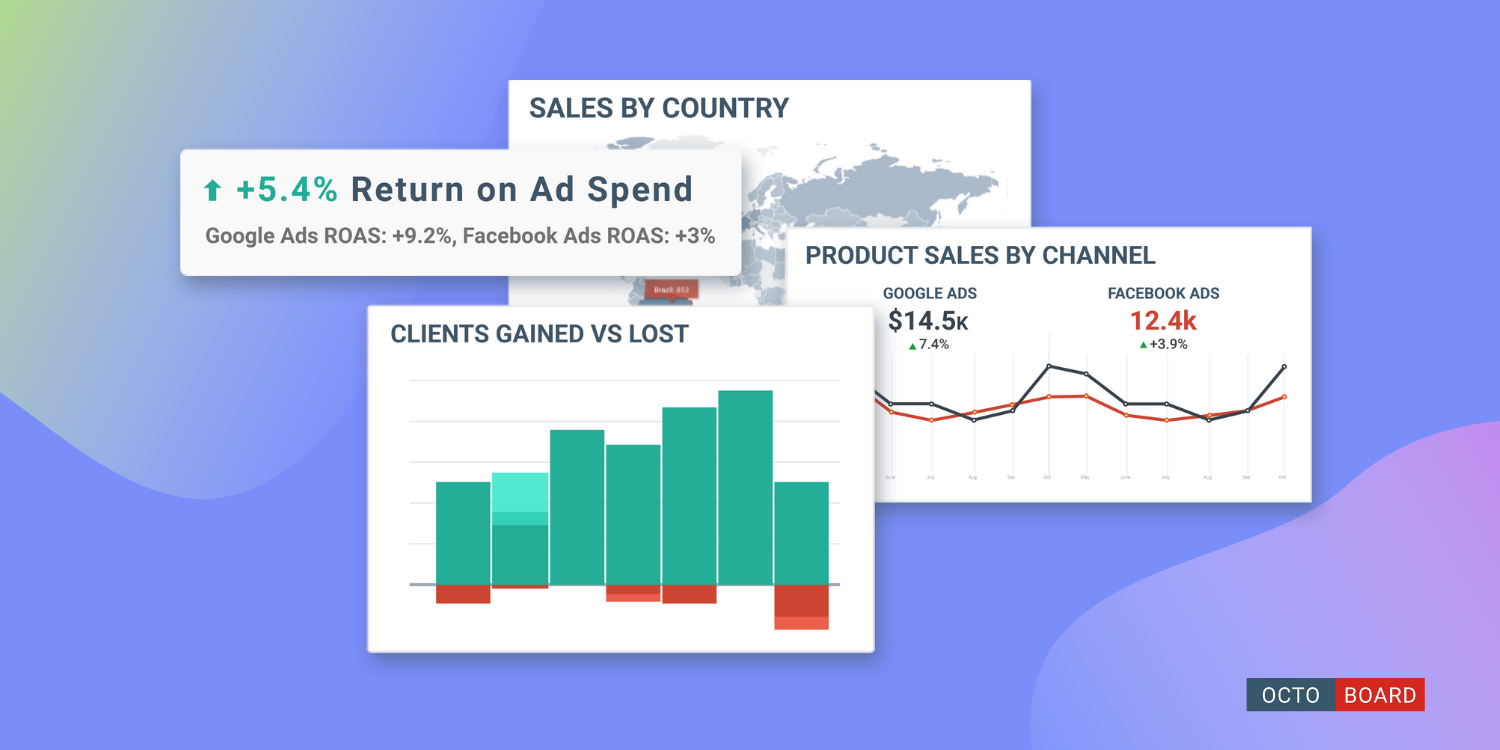
Benefits of Automated Emails for SaaS Businesses
Automated emails offer several benefits for SaaS companies looking to build stronger customer relationships. Firstly, they enable businesses to deliver consistent and timely communication to their customers. By setting up automated triggers based on user actions or milestones, SaaS businesses can ensure that customers receive relevant messages at the right time.
Secondly, automated emails allow for personalization at scale. By segmenting their customer base and tailoring email content based on user behavior and preferences, SaaS companies can create more targeted and engaging campaigns. Personalized emails have been shown to drive higher engagement and conversion rates, making them a valuable tool for building customer relationships.
Moreover, automated emails can help SaaS businesses stay top of mind with their customers. By setting up automated drip campaigns or nurture sequences, businesses can maintain regular communication with their audience and provide value through relevant content and offers. This ongoing engagement can help strengthen customer loyalty and increase retention rates.
Types of Automated Emails for SaaS Businesses
There are several types of automated emails that SaaS companies can use to build and nurture relationships with their customers. Some common types of automated emails include:
1. Onboarding Emails: Welcome new users to the platform and guide them through the initial setup process to drive product adoption.
2. Educational Emails: Provide tips, best practices, and tutorials to help customers get the most out of the SaaS product.
3. Engagement Emails: Encourage users to interact with the platform by highlighting new features, offering special promotions, or requesting feedback.
4. Re-Engagement Emails: Reach out to inactive users to encourage them to return to the platform and reignite their interest.
5. Upsell/Cross-Sell Emails: Recommend additional products or upgrades based on the customer's current usage or behavior.
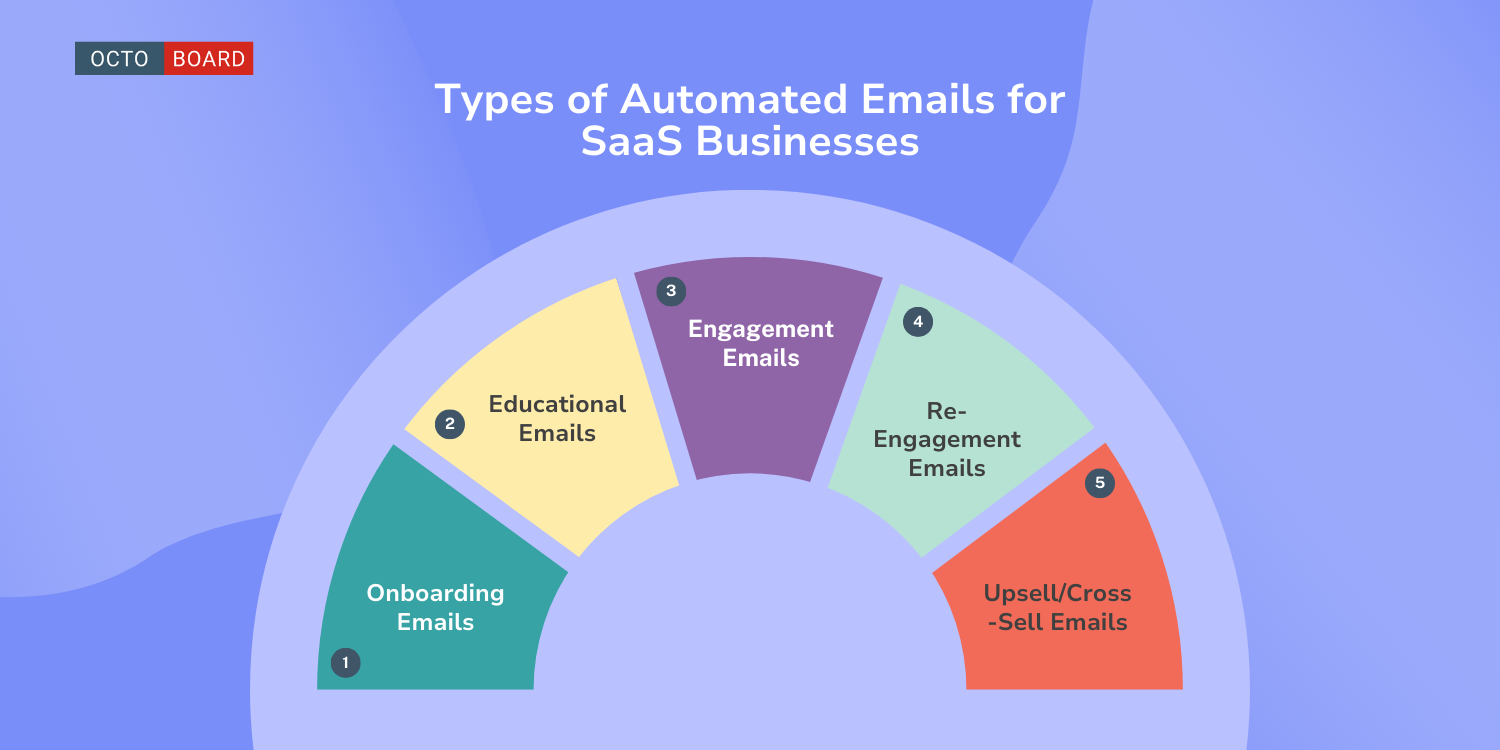
Best Practices for Automated Email Marketing
To make the most of automated emails for building customer relationships, SaaS businesses should follow some best practices:
1. Segment Your Audience: Divide your customer base into groups based on demographics, behavior, or engagement levels to deliver more targeted and relevant content.
2. Personalize Your Emails: Use customer data to personalize email content, including the recipient's name, past interactions, and preferences.
3. Test and Optimize: A/B test different elements of your emails, such as subject lines, copy, and calls to action, to identify what resonates best with your audience.
4. Monitor Performance: Track key metrics like open rates, click-through rates, and conversions to gauge the effectiveness of your automated email campaigns and make adjustments as needed.
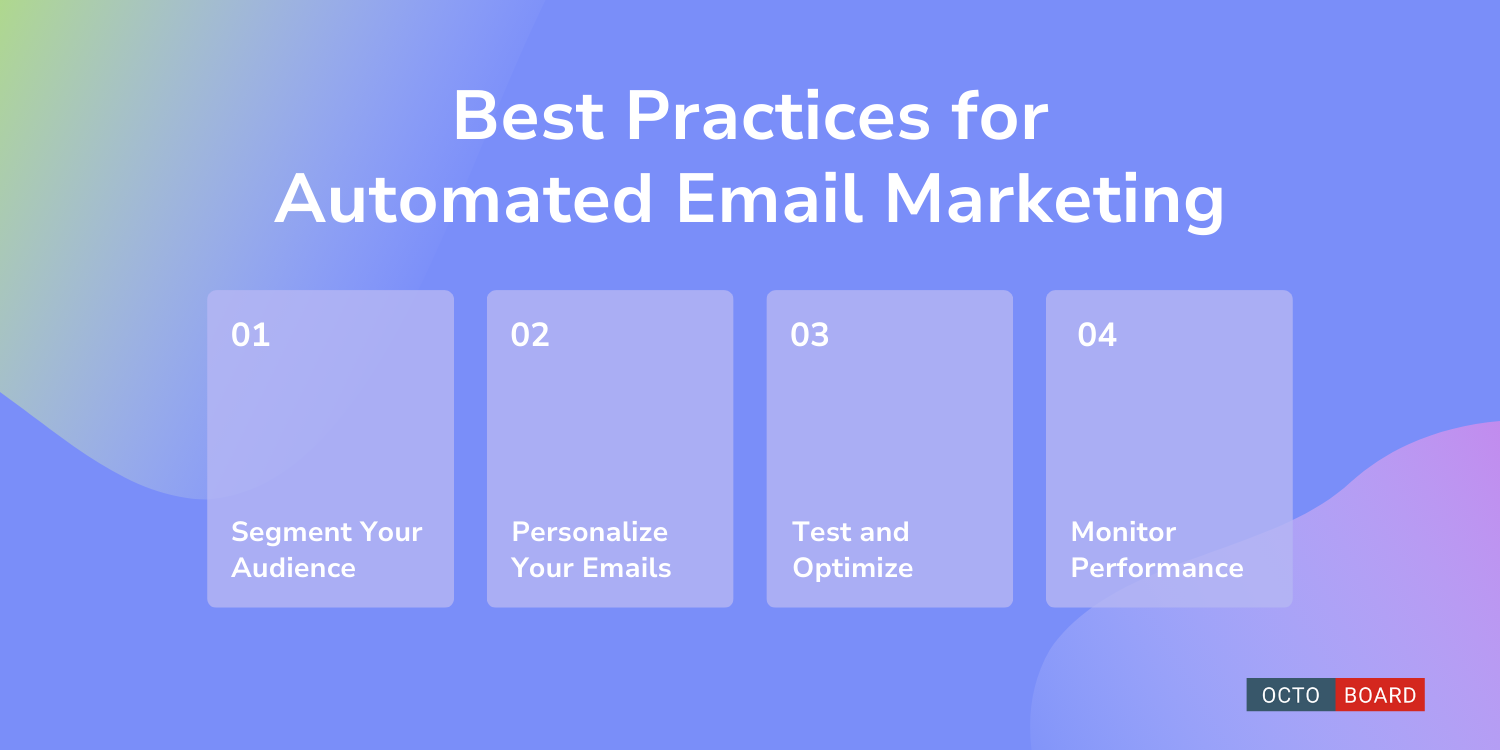
By implementing these strategies and best practices, SaaS businesses can leverage automated emails to build strong, lasting relationships with their customers and drive business growth.
Integrating Stripe with email marketing platforms can streamline operations for SaaS businesses, enhancing conversions and revenue growth. By combining Stripe's payment processing with the automation features of email marketing systems, businesses can create a seamless customer experience that boosts engagement and sales.
Automation plays a key role in integrating Stripe with email marketing platforms. This setup enables businesses to automate the customer journey, sending follow-up emails triggered by customer actions such as purchases, cart abandonment, or free trial sign-ups. This automation not only saves time but also ensures timely, relevant communication for each customer, enhancing the sales funnel.

Segmentation is another valuable aspect of integrating Stripe with email marketing platforms. By tracking customer behavior through Stripe and syncing data with email systems, businesses can create targeted campaigns. These campaigns can offer personalized recommendations based on past purchases, provide discounts for abandoned carts, or upsell premium features to customers on a free trial.
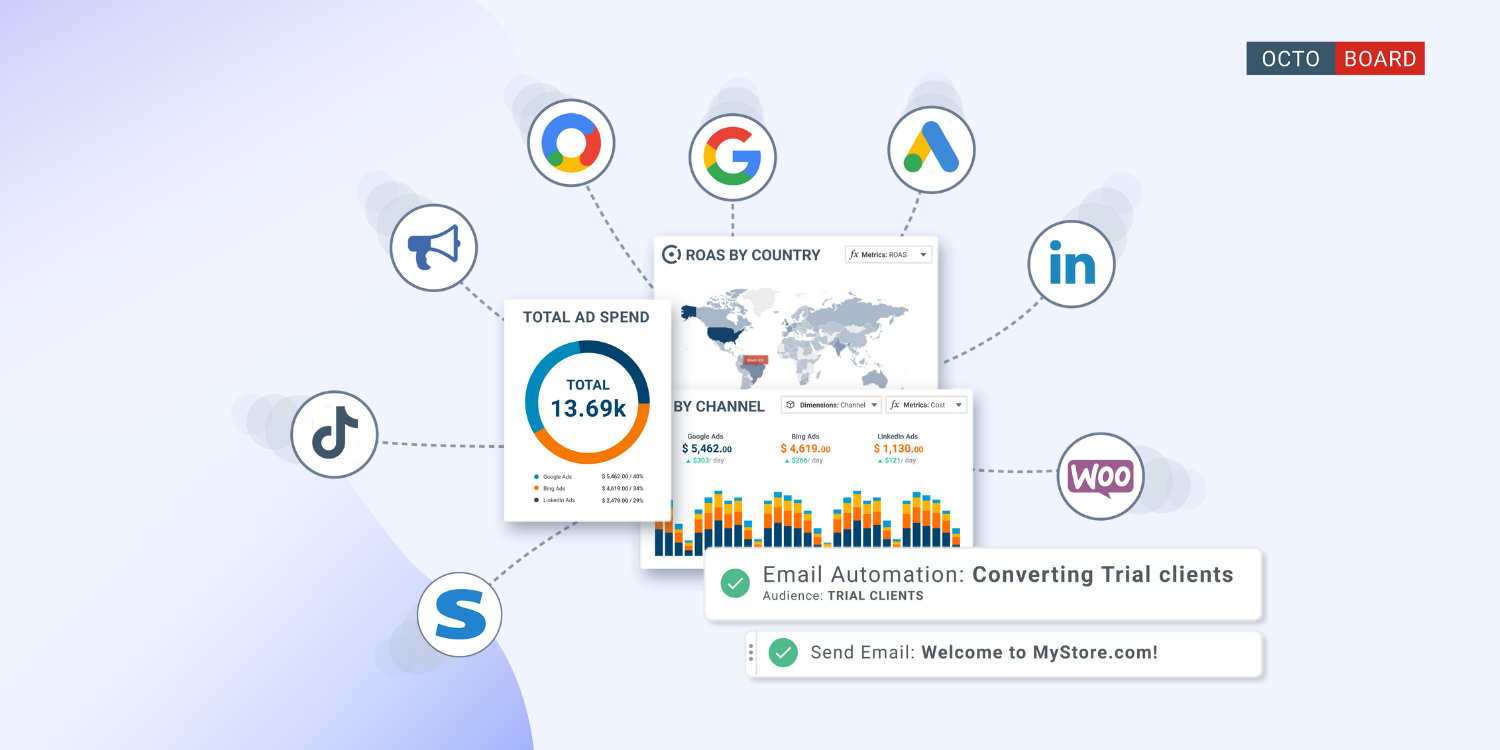
Moreover, integration allows businesses to track campaign effectiveness in real-time. Pulling in data from Stripe, such as transaction amounts and customer lifetime value, offers insights into which campaigns drive revenue and which strategies need adjustment. This data-driven approach helps optimize email marketing efforts for higher conversion rates and ROI.
Integration procedures vary depending on the tools used. Most email marketing platforms offer built-in integrations with Stripe, simplifying the process of syncing data between systems. Businesses can also consider custom integrations through developers or middleware solutions to meet specific needs.
In essence, integrating Stripe with email marketing platforms empowers SaaS businesses to drive revenue, enhance customer engagement, and optimize marketing campaigns. By automating journeys, segmenting audiences, and analyzing performance, businesses can create effective, personalized campaigns. Exploring the potential of Stripe integration can elevate SaaS businesses to new levels of success.
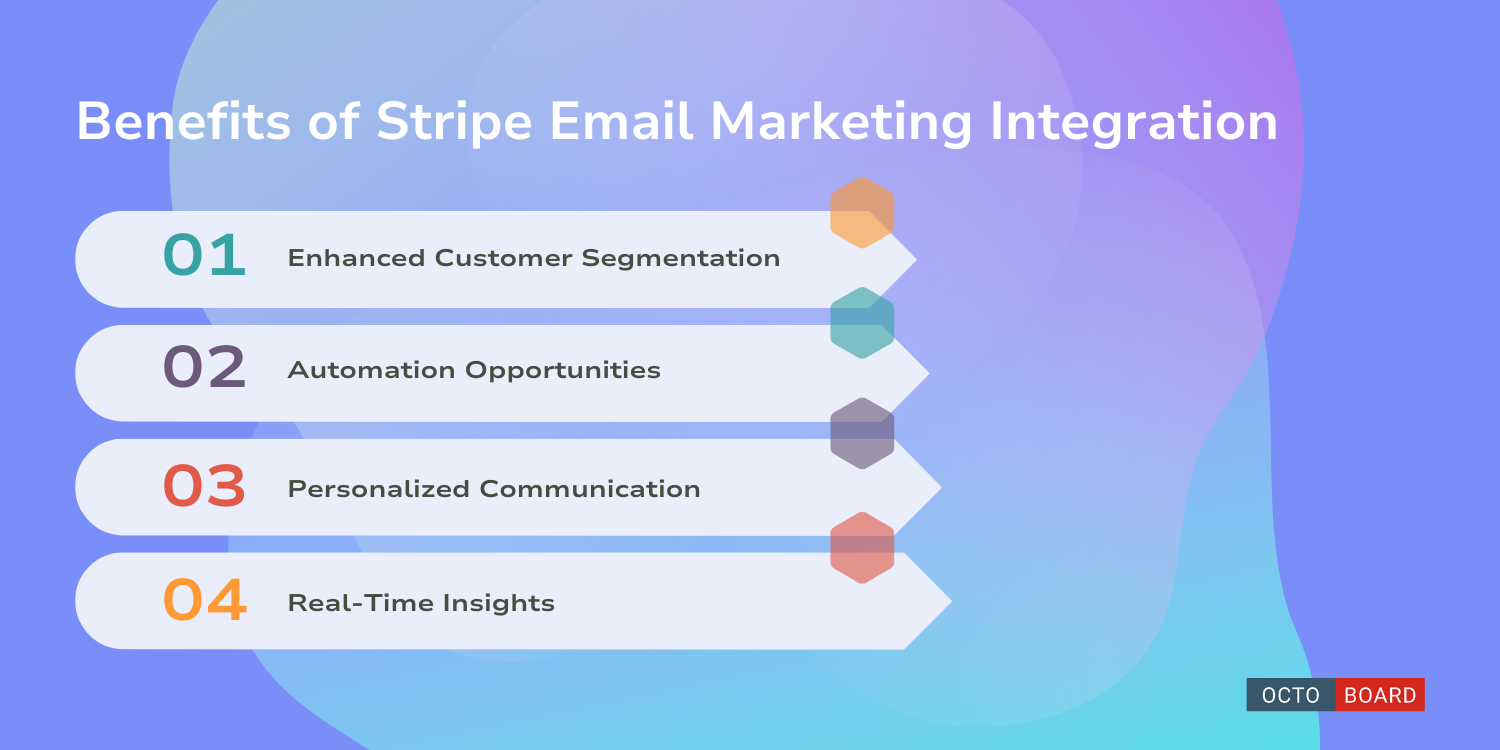
1. Enhanced Customer Segmentation: By integrating Stripe with your email marketing platform, you can access valuable customer data such as purchase history, payment activity, and subscription status. This allows you to segment your email lists based on these data points and send targeted messages to different customer segments. For example, you can create personalized offers for customers who have made specific purchases or target customers who are nearing the end of their subscription period.
2. Automation Opportunities: With the integration in place, you can set up automated email campaigns triggered by specific customer actions in Stripe. For instance, you can send a welcome email to new customers when they make their first purchase or a reminder email to customers whose subscription is about to expire. This automation helps you nurture leads, retain customers, and drive repeat sales without manual intervention.
3. Personalized Communication: Integrating Stripe with your email marketing platform enables you to personalize your email content based on customer transactions and behaviors. You can include dynamic content in your emails such as order details, account status, or recommended products based on past purchases. Personalization enhances the relevance of your emails and increases the likelihood of engagement and conversions.
4. Real-Time Insights: By syncing Stripe data with your email marketing platform, you can gain real-time insights into customer interactions and engagement with your emails. You can track key metrics such as open rates, click-through rates, conversion rates, and revenue generated from email campaigns. These insights help you measure the effectiveness of your email marketing efforts and make data-driven decisions to optimize future campaigns.
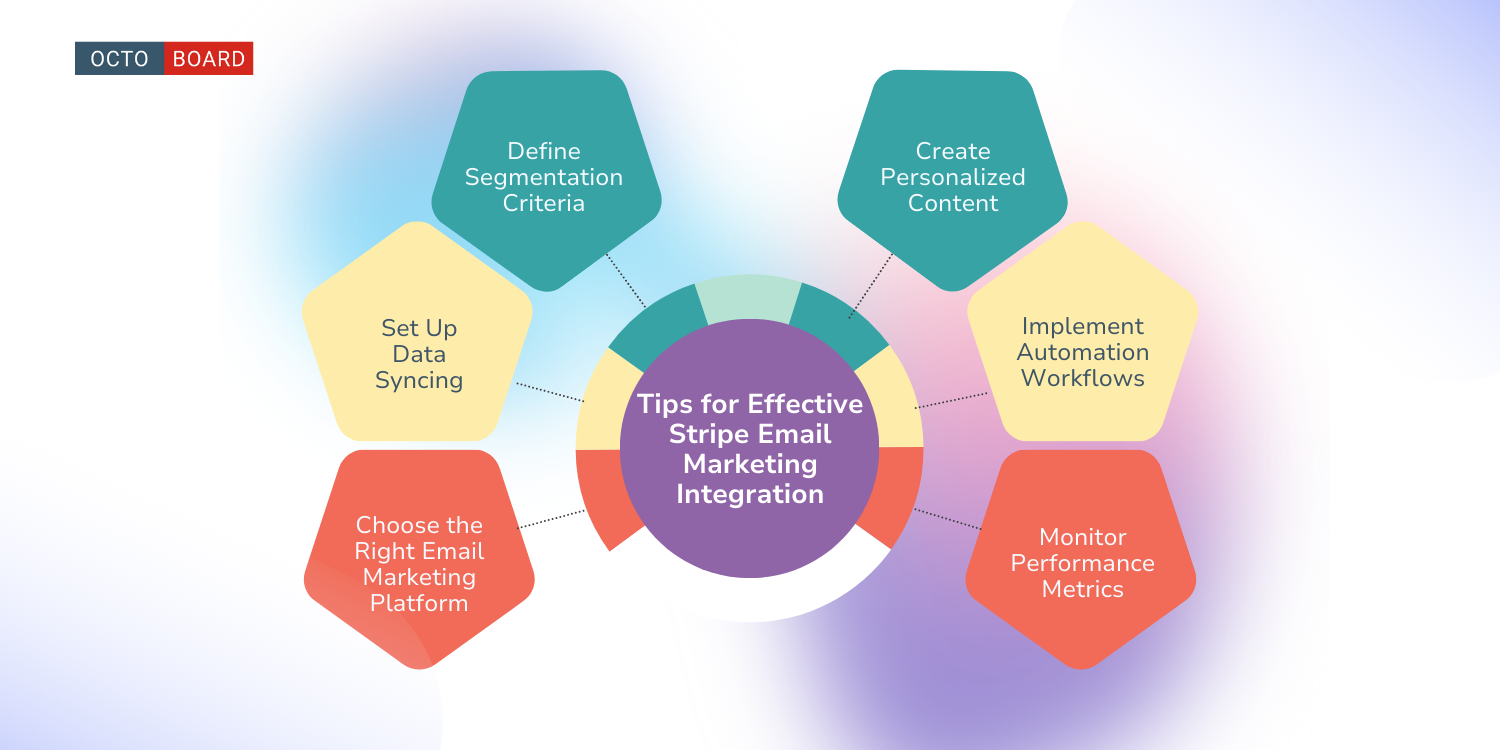
1. Choose the Right Email Marketing Platform: Before integrating Stripe with your email marketing platform, make sure that the platform supports the integration with Stripe. Look for email marketing providers that offer seamless integration capabilities and provide robust tools for segmenting, personalizing, and automating email campaigns based on Stripe data.
2. Set Up Data Syncing: Once you have selected the appropriate email marketing platform, follow the instructions to set up the integration with Stripe. Ensure that data syncing is configured correctly to transfer customer data, transaction details, and subscription information from Stripe to your email marketing platform.
3. Define Segmentation Criteria: Identify key data points from Stripe that you can use to segment your email lists effectively. Consider factors such as purchase history, payment frequency, subscription level, and customer behavior to create meaningful segments for targeted campaigns.
4. Create Personalized Content: Use the customer data from Stripe to personalize your email content and make it relevant to each recipient. Leverage dynamic content blocks, merge tags, and personalization tokens in your email templates to tailor the message based on individual preferences and behaviors.

5. Implement Automation Workflows: Take advantage of automation features in your email marketing platform to create triggered campaigns based on customer actions in Stripe. Set up workflows for welcome emails, transactional emails, renewal reminders, and other automated touchpoints to engage customers at different stages of the customer journey.
6. Monitor Performance Metrics: Regularly monitor the performance of your email campaigns to evaluate the impact of integrating Stripe data. Track key metrics such as conversion rates, revenue generated, customer engagement, and list growth to measure the effectiveness of your email marketing efforts and identify areas for improvement.
Email marketing is a powerful tool for SaaS businesses to engage with customers, promote products, and drive revenue. To maximize the effectiveness of email campaigns, SaaS companies must follow best practices that help deliver relevant, engaging, and personalized content to their audience. In this blog post, we will discuss some key best practices for email marketing for SaaS businesses.
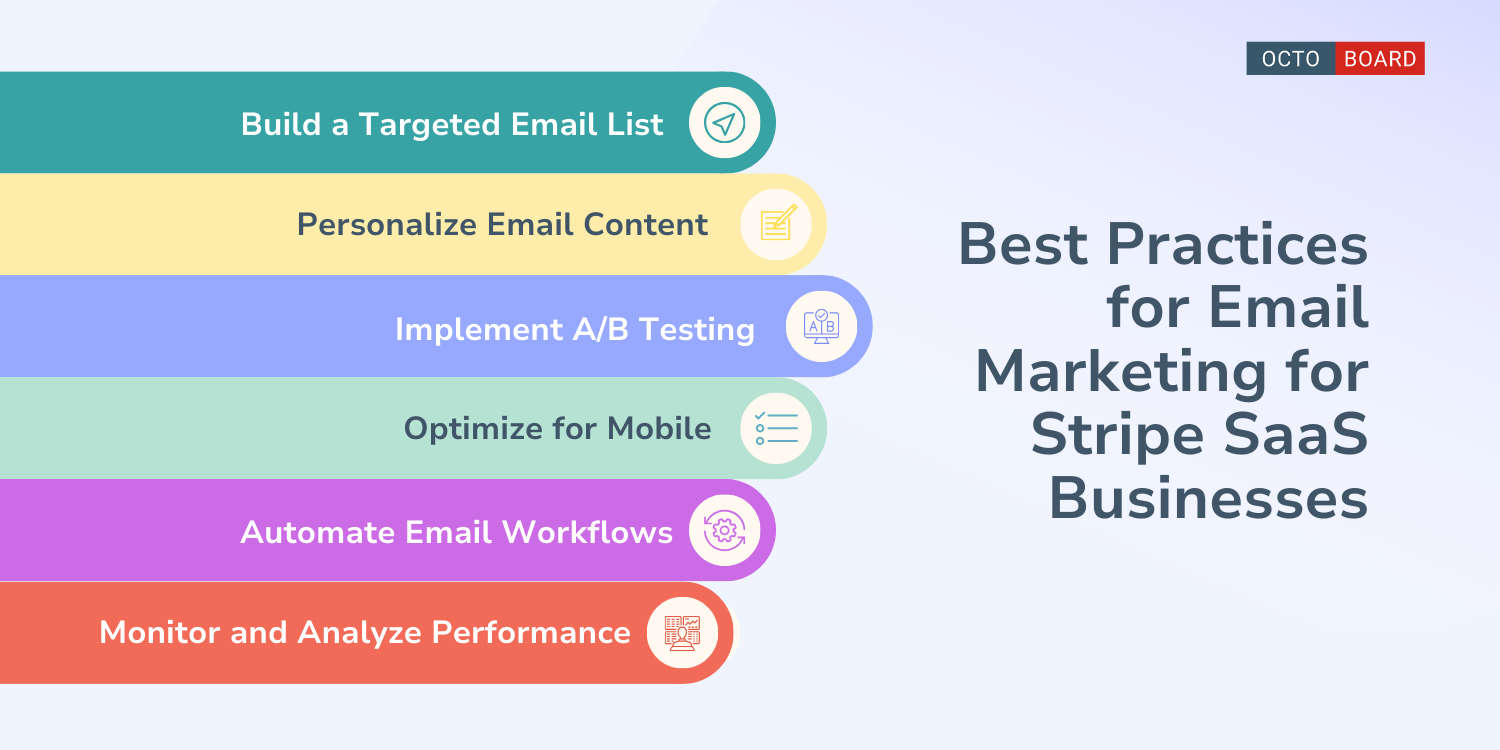
1. Build a Targeted Email List: One of the most important aspects of successful email marketing is having a high-quality email list. SaaS businesses should focus on building a targeted email list of subscribers who have shown interest in their products or services. This can be done by offering valuable content, incentives, or promotions in exchange for email sign-ups. Segmentation is also crucial, as it allows businesses to send targeted messages to specific groups of subscribers based on their interests, behaviors, or demographics.
2. Personalize Email Content: Personalization is key to engaging subscribers and driving conversions. SaaS businesses should personalize email content based on subscriber data such as purchase history, browsing behavior, or demographic information. Personalized subject lines, product recommendations, and tailored offers can help increase open rates, click-through rates, and ultimately, conversions.
3. Implement A/B Testing: A/B testing is a valuable tool for optimizing email campaigns and improving performance over time. SaaS businesses should test different elements of their emails, such as subject lines, call-to-action buttons, images, and email copy, to see what resonates best with their audience. By analyzing the results of A/B tests, businesses can make data-driven decisions to improve the effectiveness of their email campaigns.
4. Optimize for Mobile: With the increasing use of mobile devices, it is essential for SaaS businesses to optimize their email campaigns for mobile users. This includes ensuring that emails are mobile-responsive, with a clean layout, easy-to-read content, and clear call-to-action buttons. By delivering a seamless experience for mobile users, businesses can improve engagement and conversion rates.
5. Automate Email Workflows: Automation is a valuable tool for saving time and resources while delivering personalized and timely emails to subscribers. SaaS businesses can set up automated email workflows for onboarding, product recommendations, re-engagement campaigns, and more. By providing relevant content at the right time, businesses can nurture leads, retain customers, and drive revenue.
6. Monitor and Analyze Performance: Tracking key metrics such as open rates, click-through rates, conversion rates, and revenue generated from email campaigns is essential for measuring success and identifying areas for improvement. SaaS businesses should regularly monitor and analyze the performance of their email campaigns, using data to optimize content, segmentation, and targeting strategies.

Email marketing is a valuable tool for SaaS businesses to engage with customers, drive conversions, and increase revenue. By following best practices such as building a targeted email list, personalizing content, implementing A/B testing, optimizing for mobile, automating workflows, and monitoring performance, SaaS businesses can create successful email campaigns that deliver results.
Email marketing can be a powerful tool for SaaS businesses, helping to drive customer engagement, retention, and revenue. However, like any marketing strategy, it comes with its own set of challenges. In this article, we will explore some of the common challenges that SaaS businesses face in their email marketing efforts and provide practical solutions for overcoming them.
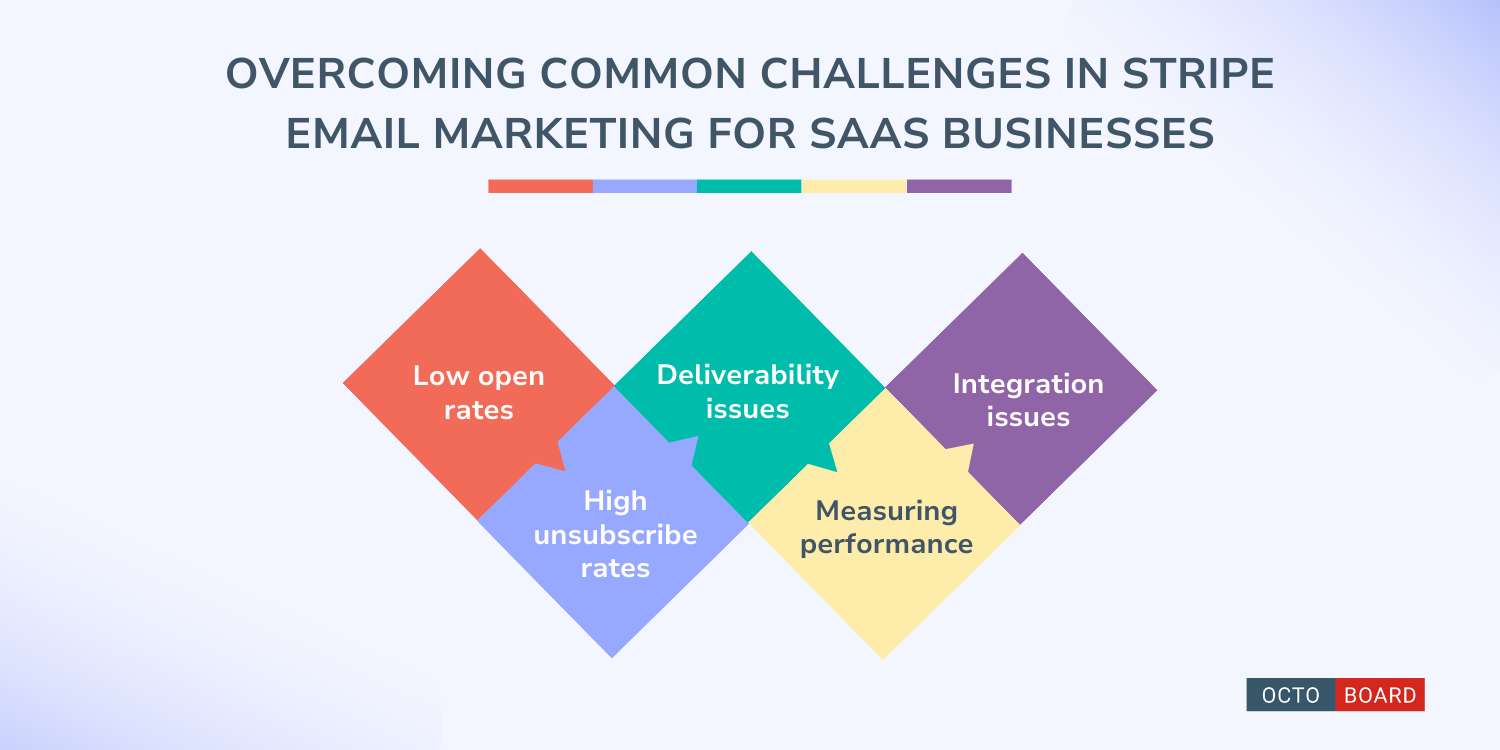
One of the most common challenges in email marketing for SaaS businesses is low open rates. With inboxes overflowing with promotional emails, getting recipients to open your emails can be a real struggle. To overcome this challenge, it is essential to focus on crafting compelling subject lines that grab attention and entice recipients to click. Personalizing subject lines and using emojis can help make your emails stand out in a crowded inbox.
Another challenge that SaaS businesses often face is high unsubscribe rates. If your unsubscribe rate is higher than average, it may be a sign that your email content is not resonating with your audience. To address this challenge, it is important to regularly review your email content and make sure it provides real value to your subscribers. Segmenting your email list based on user behavior and preferences can also help ensure that your emails are targeted and relevant to each recipient.
Deliverability issues can also pose a challenge for SaaS businesses engaged in email marketing. If your emails are landing in the spam folder or not reaching inboxes at all, it can severely impact the success of your email campaigns. To improve deliverability, make sure you are sending emails from a reputable IP address, regularly clean your email list to remove inactive or invalid addresses, and adhere to best practices for email authentication.
Measuring the effectiveness of email marketing campaigns can be another challenge for SaaS businesses. Without accurate data on open rates, click-through rates, and conversions, it can be difficult to assess the success of your email campaigns and make informed decisions for future campaigns. Implementing tracking pixels, UTM parameters, and email analytics tools can help you track and analyze key metrics to gauge the performance of your email marketing efforts.

Integration issues between your email marketing platform and other tools and platforms used by your SaaS business can also present a challenge. Whether you are using a CRM system, a marketing automation platform, or a customer support tool, seamless integration with your email marketing platform is essential for streamlining workflows and ensuring a consistent user experience across all touchpoints. Working with a tech-savvy team or utilizing integration tools can help overcome integration challenges and create a cohesive marketing strategy.
Email marketing can be a powerful tool for SaaS businesses, but it does come with its own set of challenges. By focusing on improving open rates, reducing unsubscribe rates, optimizing deliverability, measuring effectiveness, and addressing integration issues, SaaS businesses can overcome these challenges and unlock the full potential of email marketing to drive growth and success.
